This slogan fits this relatively small but densely populated country extremely well: just as many inhabitants as Zambia, but only 1/6 of the area. A not inconsiderable part of this is taken up by Lake Malawi: Germanys Lake Constance fits 55 times into this third largest lake in Africa – as Karin calculated by hand herself (i.e. this information is without guarantee 😉). The country itself is very diverse: high mountain ranges such as the Zonda Plateau and the Mulanje massif in the south, which is enclosed by tea plantations, as well as the barren Nyika N.P., which is reminiscent of Scottish high moors in the north on the border with Zambia. Then the lowlands on Lake Malawi: this is where authentic and vibrant African life takes place. People bath and wash themselves, their clothes and kitchen accessories in the lake, the fishermen bring their catch on land and…. everyone is laughing and waving.
According to many statistics, Malawi is one of the poorest countries in the world. For us this is in no way understandable and shows once again how careful you should be with statistics and rankings. The people here are not hungry at all, there is enough water from the rain and Lake Malawi so that small farmers can grow everything they need for themselves and most people are sensibly dressed. On the other hand, we perceived Zambia, which is considered to be significantly more prosperous due to its mineral resources (from which the normal population does however not benefit from), as poorer than Malawi in many areas. And above all: the people in Malawi seem happy, laugh a lot and are very open to foreign travelers. The warmth and openness are literally written on their faces. We have never felt so welcome and safe in a country on our world tour so far.
Seldom have we parked so frequently in lodges and their campgrounds in a country. On the one hand, it is because we are always there alone and can therefore choose the most beautiful pitches and also have our quietness. On the other hand, it is also due to the high population density, which makes quiet wild camping like in Namibia, Botswana or Zambia more difficult. There are of course also national parks with large, wild animals – however, unlike Malawi’s neighboring countries, these are not the main reason for visiting Malawi.
Our border crossing from Zambia to Malawi again worked very smoothly with the eVisa we applied for in advance. Two weeks later, however, we heard from our travel friends Beate and Robert that their eVisa was rejected without giving a reason … so things do not always seem to go so smoothly as with our case.
We first drive south via Lilongwe. On the way, in Balaka, we need a parking space because it is slowly getting dark and we are tired. However, this is not easy because there are too many people around. We find a quiet overnight place behind a large church, but the local priest should give his blessing, so Karin sets out to look for him. She finds him and is even invited to for dinner. So, we spend an interesting evening with four priests.
In the south we visit the Liwonde N.P. where we take a fantastic boat tour on the Shire River, before we travel on to the Zonda Plateau with its relaxing cool temperatures. Wonderful wild berries are growing there at the moment. Blackberries, yellow raspberries and strawberries – with a taste that we only know from our childhood.
Then we continue to Mount Mulanje on the border with Mozambique. Unfortunately, our hike to the waterfall falls into the water in the truest sense of the word: we get caught in a violent thunderstorm and try to get shelter under a rock until the tides around us calm down a bit. We’re soaking wet and everything is dripping. For the first time in a long time we use Shujaa’s hot water boiler to take a shower to warm up ourselves. Unusual but nice to hear the rain is pounding on Shujaa’s roof again. In the south of the Mulanje massif there are extensive, green tea plantations that we walk through. In the evening we eat great Italian food – at the lodge of Italian emigrants.
The drive north, towards Tanzania, leads us almost exclusively along the almost 600 km long Lake Malawi, where we make a total of four stops at different locations. The entrances to the lodge campgrounds are sometimes not easy for big Shujaa. Narrow and low hanging branches block our way from time to time, but mostly the nice lodge owners agree to cut the branches and thin out the trees, which sometimes produces huge mountains of leaves. The beaches on Lake Malawi are just too beautiful and we are standing in the sand right on the shore.
The more you go north, the higher the mountains and the lower the population density. The rough landscape and wild pists in the Nyika Plateau take us to a completely different, barren world that we would not have expected in Malawi. Ferns, green proteins and fresh flowers as well as flat hills with antelopes and zebras seem almost unreal in hot Africa. It is so beautiful and relaxing that we take a long quadbike tour through the park. At some point it rattles loudly and we notice that we have lost the battery box cover. We can collect it again, but of course the screws are gone. Without the cover, however, the battery has no hold. However, Karin quickly takes remedial action. She removes the shoelace from her sneaker and simply ties the cover with it. Et voilà.
Conclusion Malawi: even if the absolute highlights and world-famous national parks are missing, it is an absolutely great travel destination – shaped by the lovable people and the beautiful, very different landscapes.


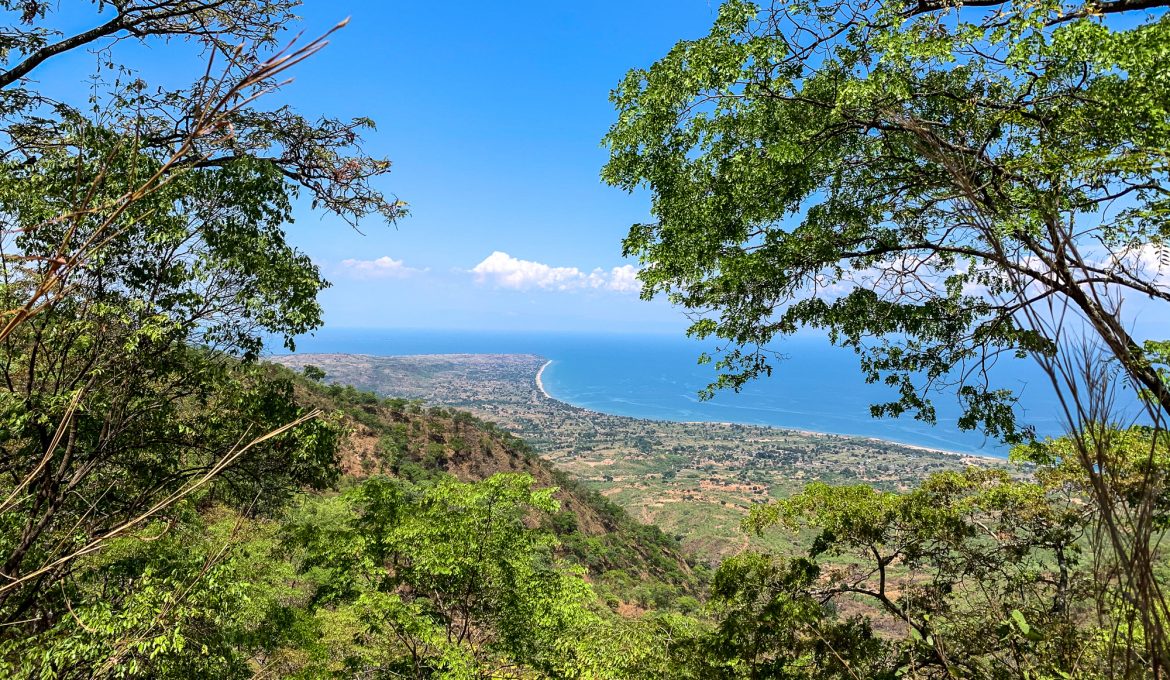
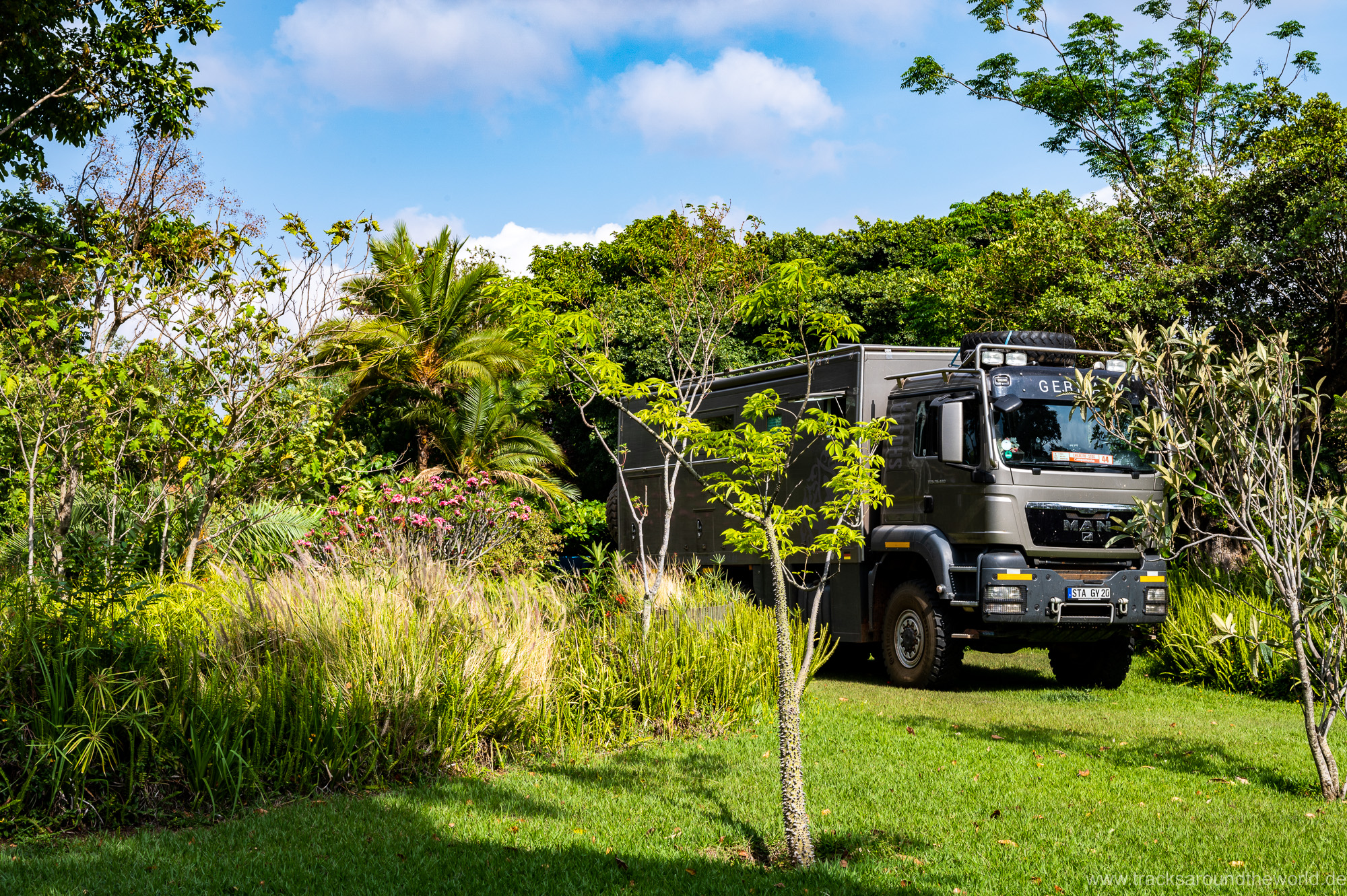
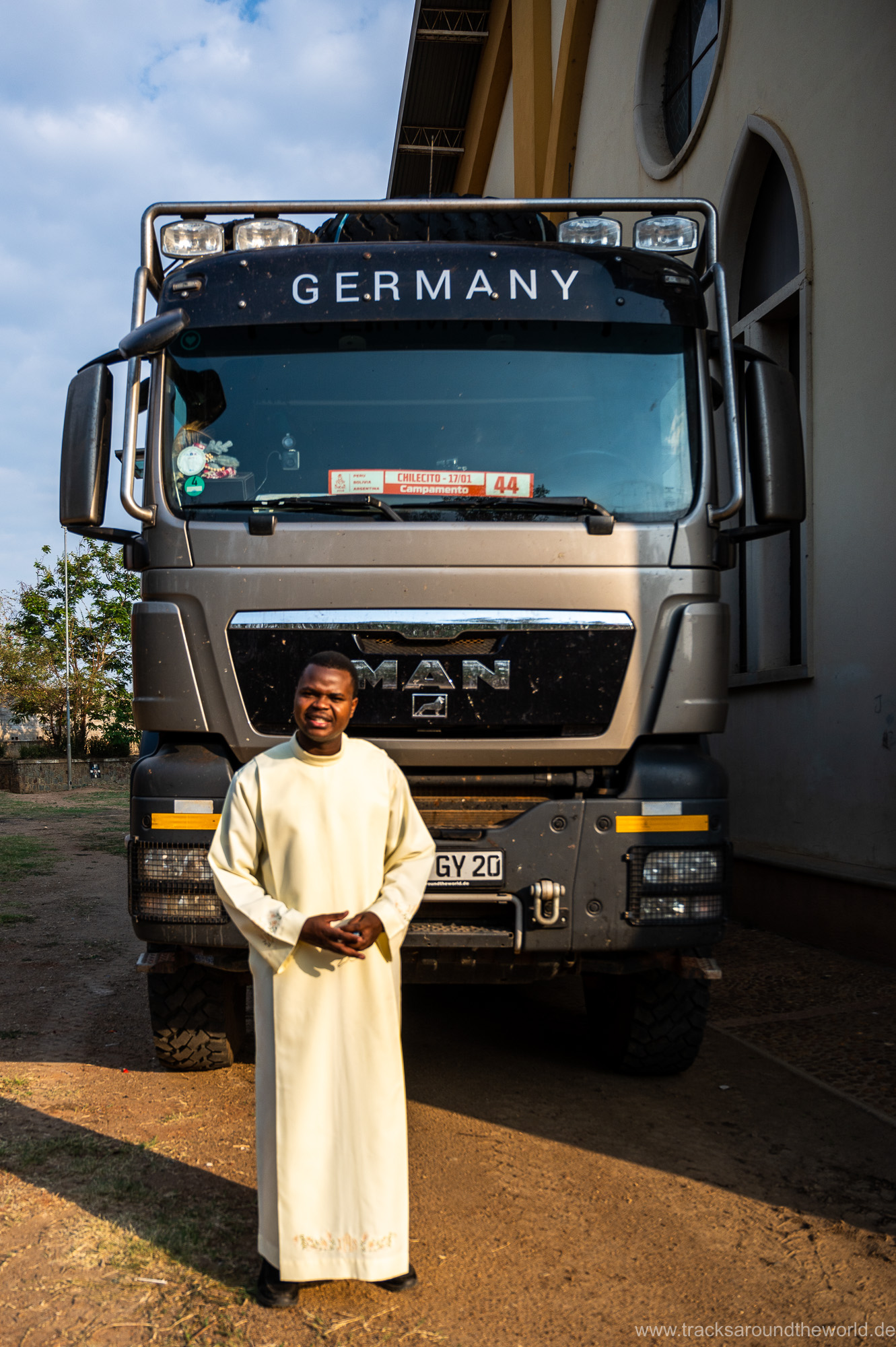
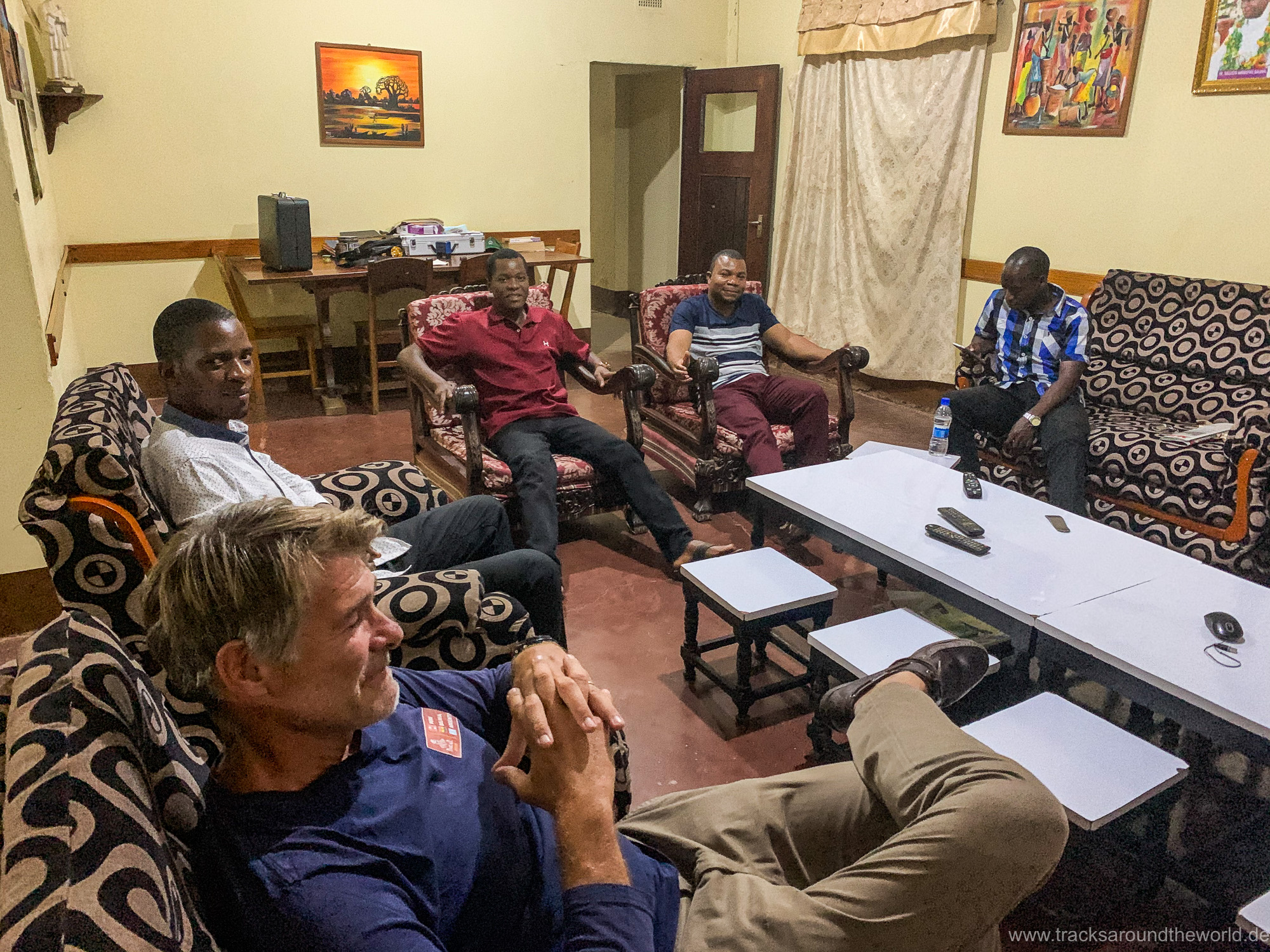
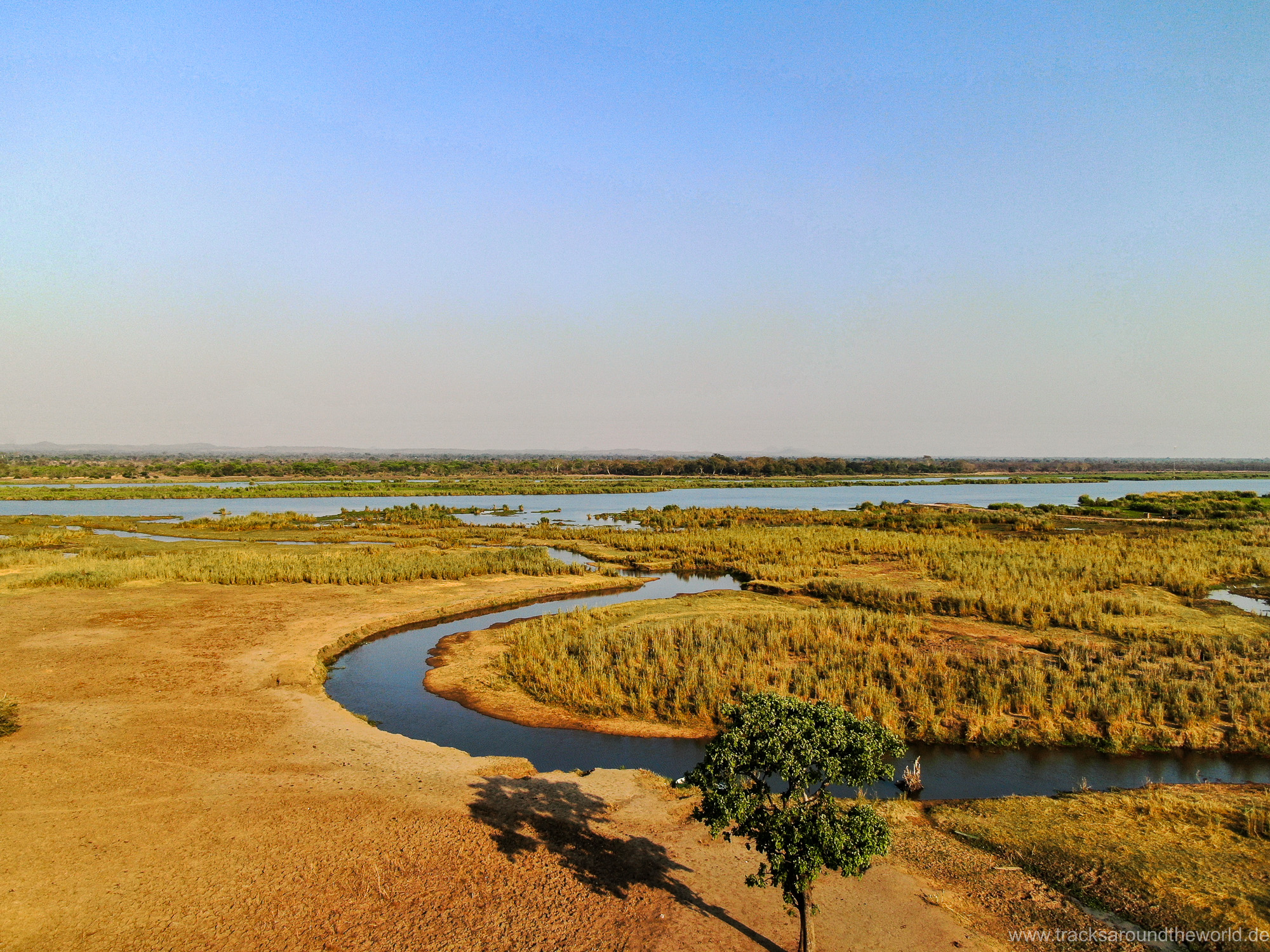
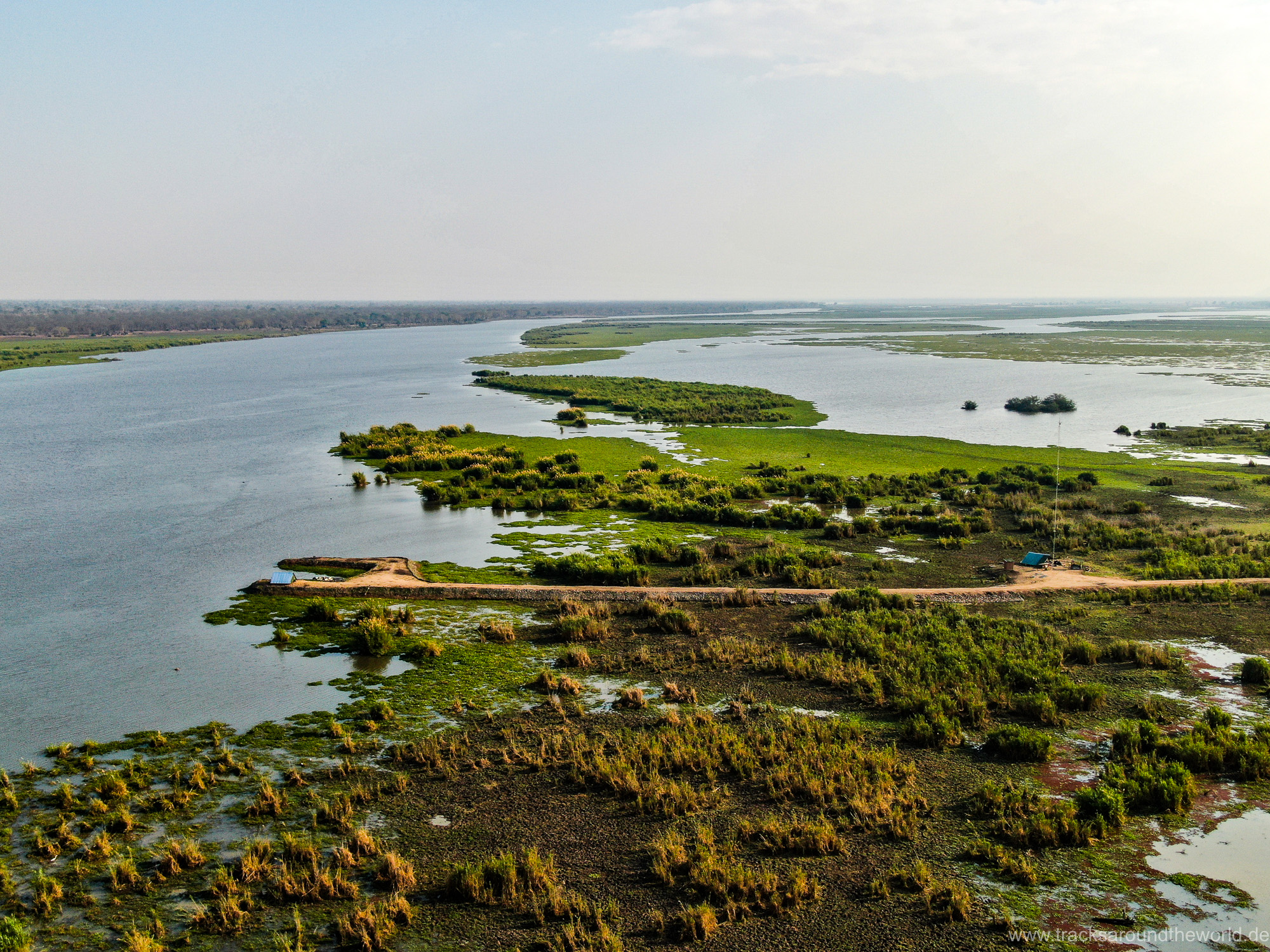
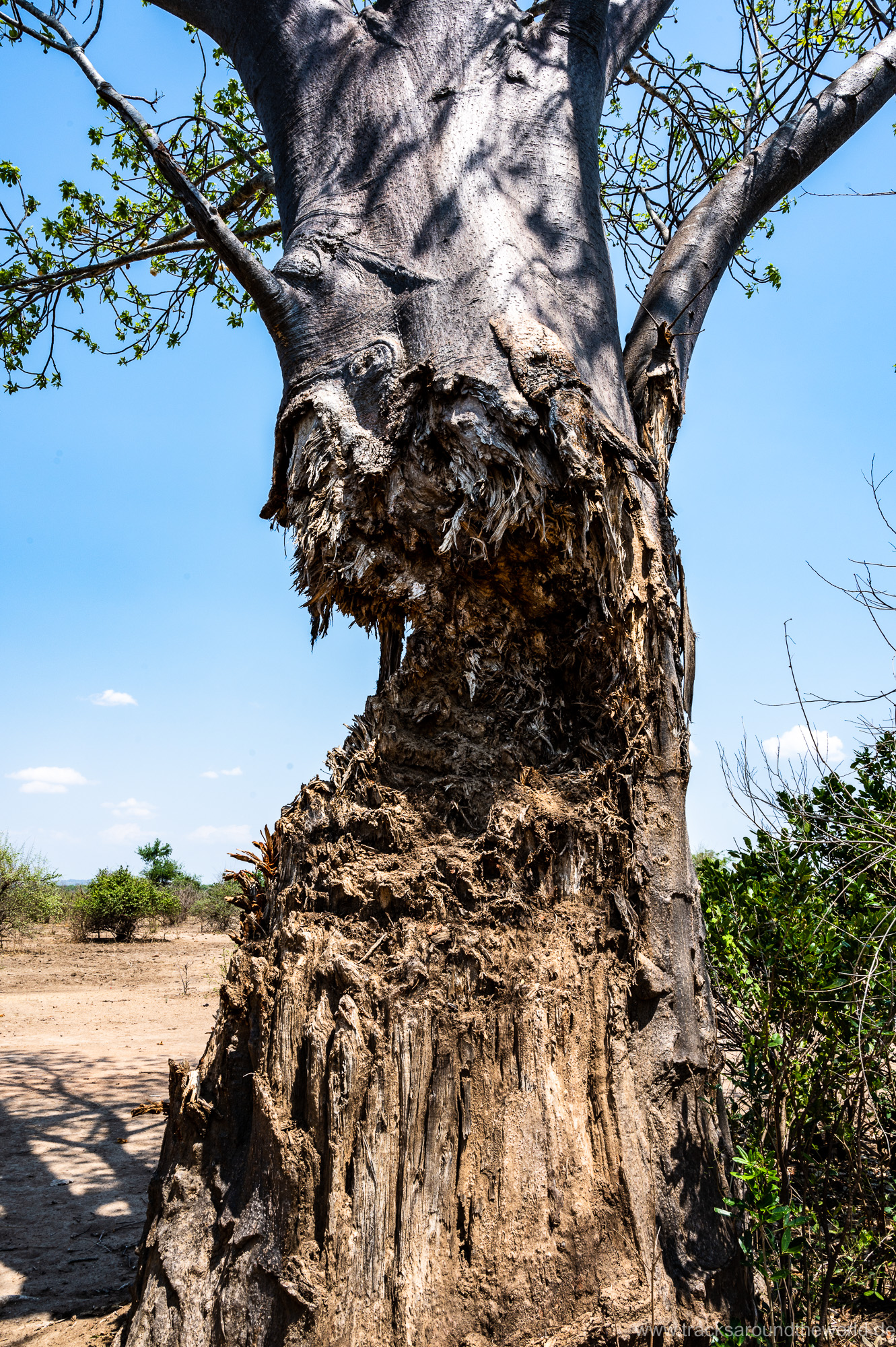
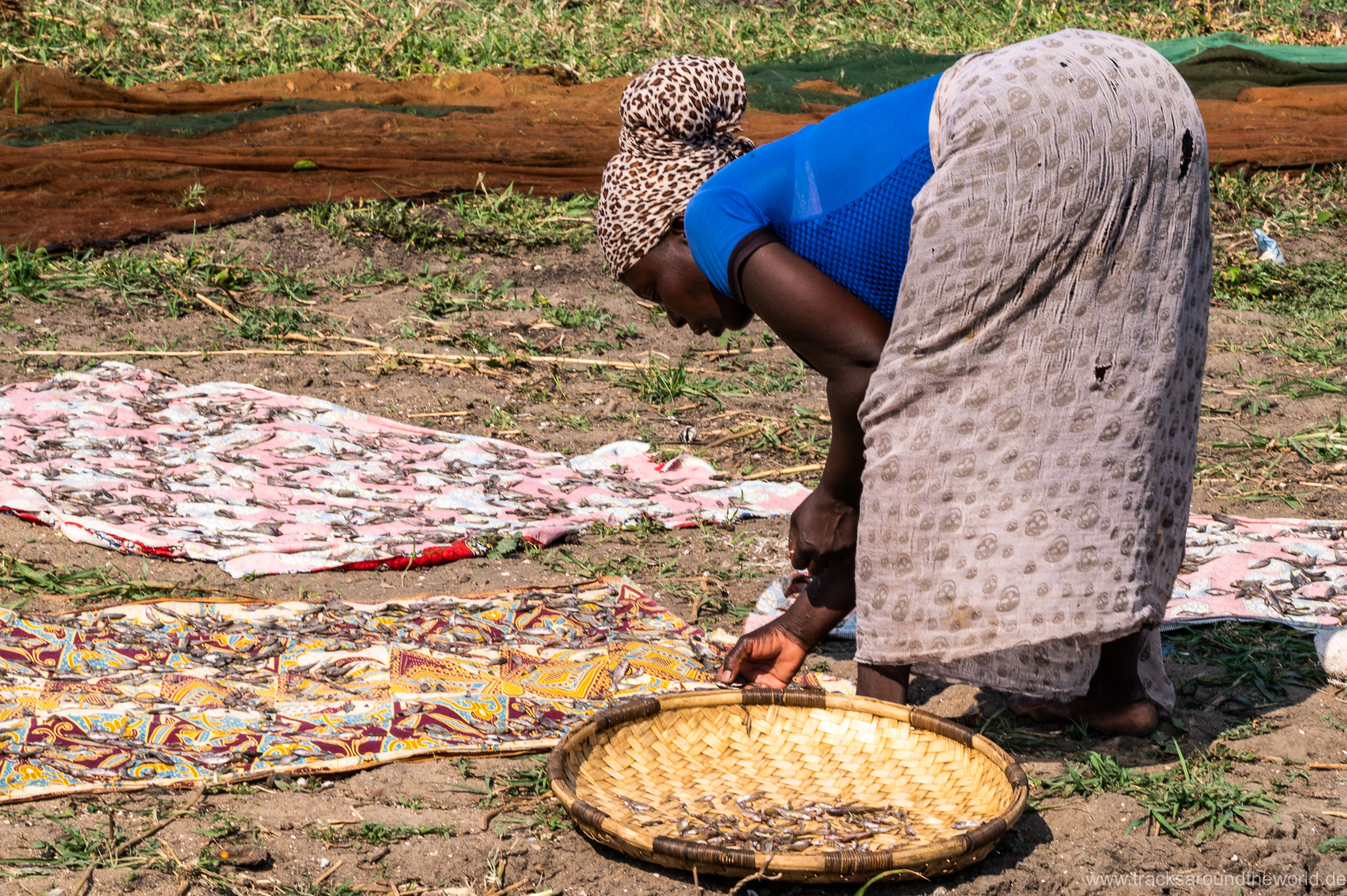

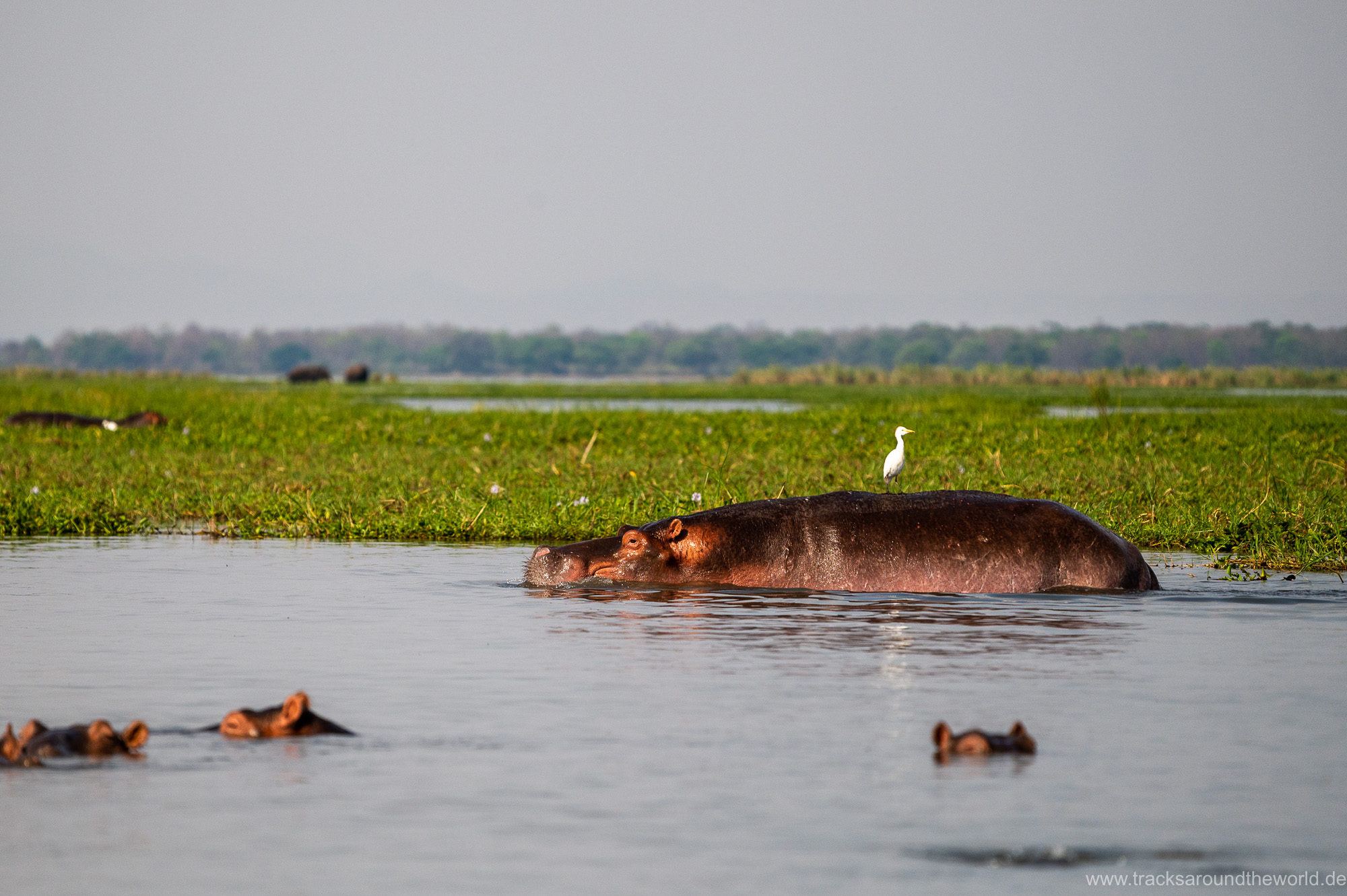
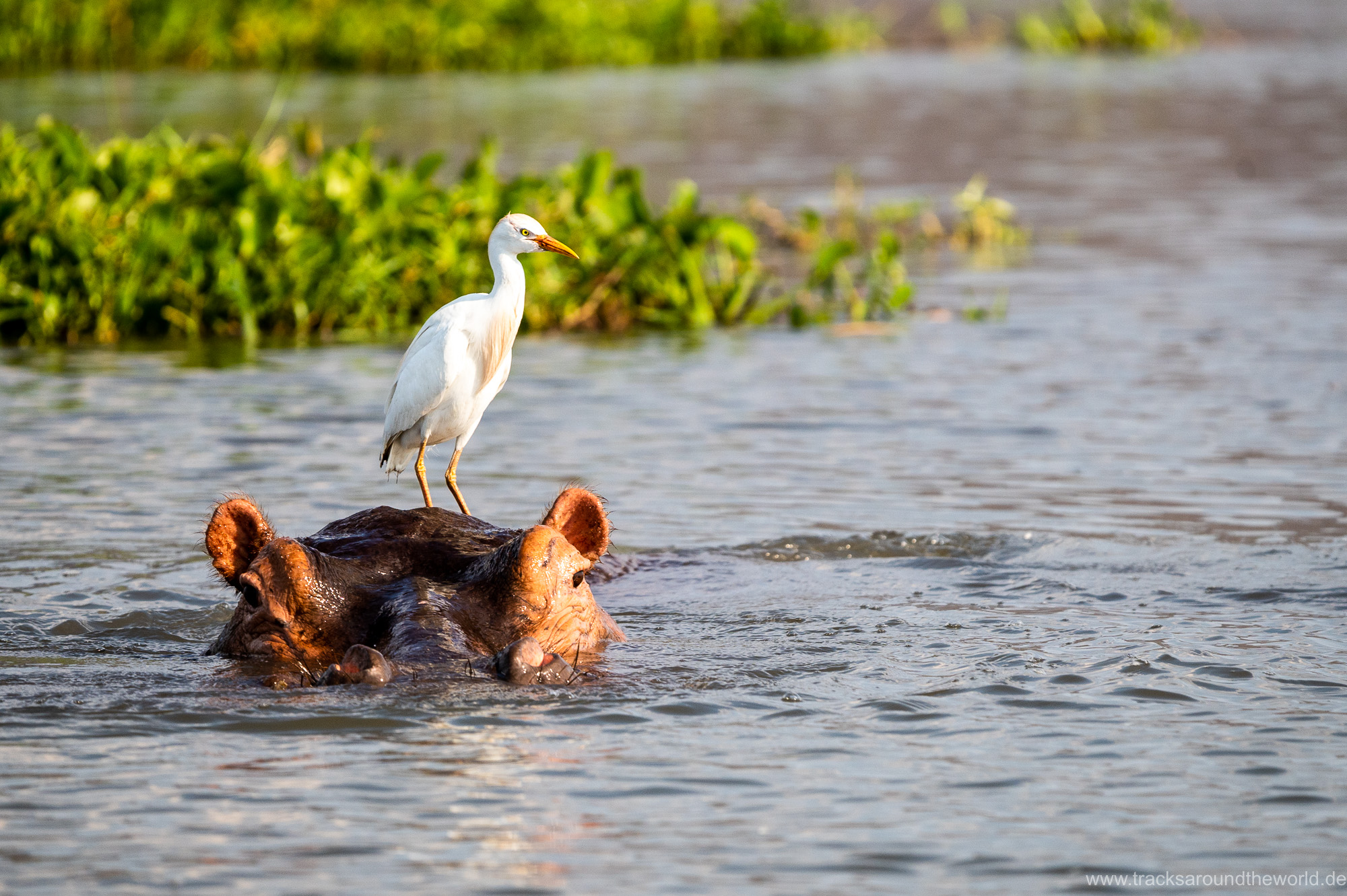
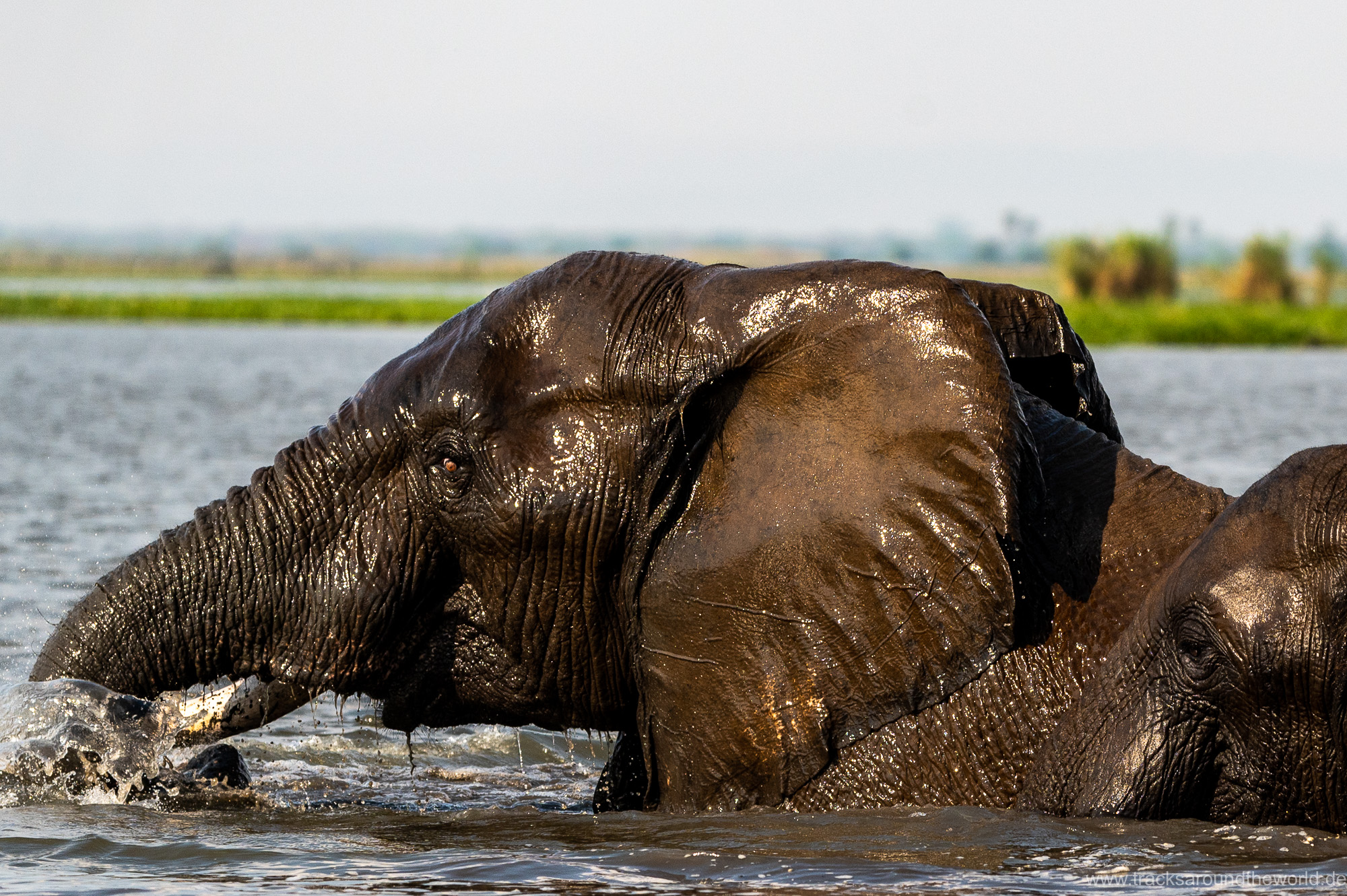
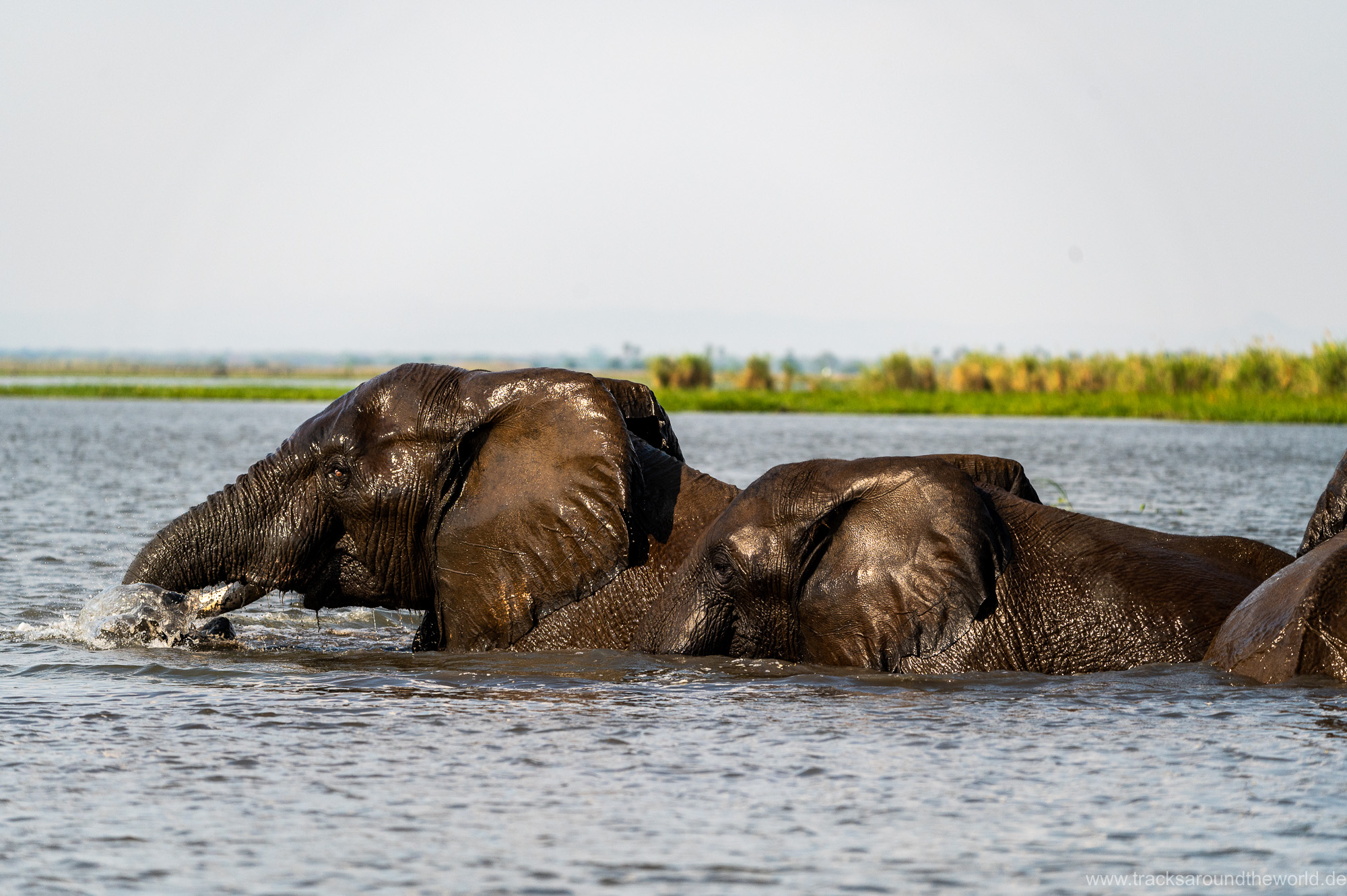


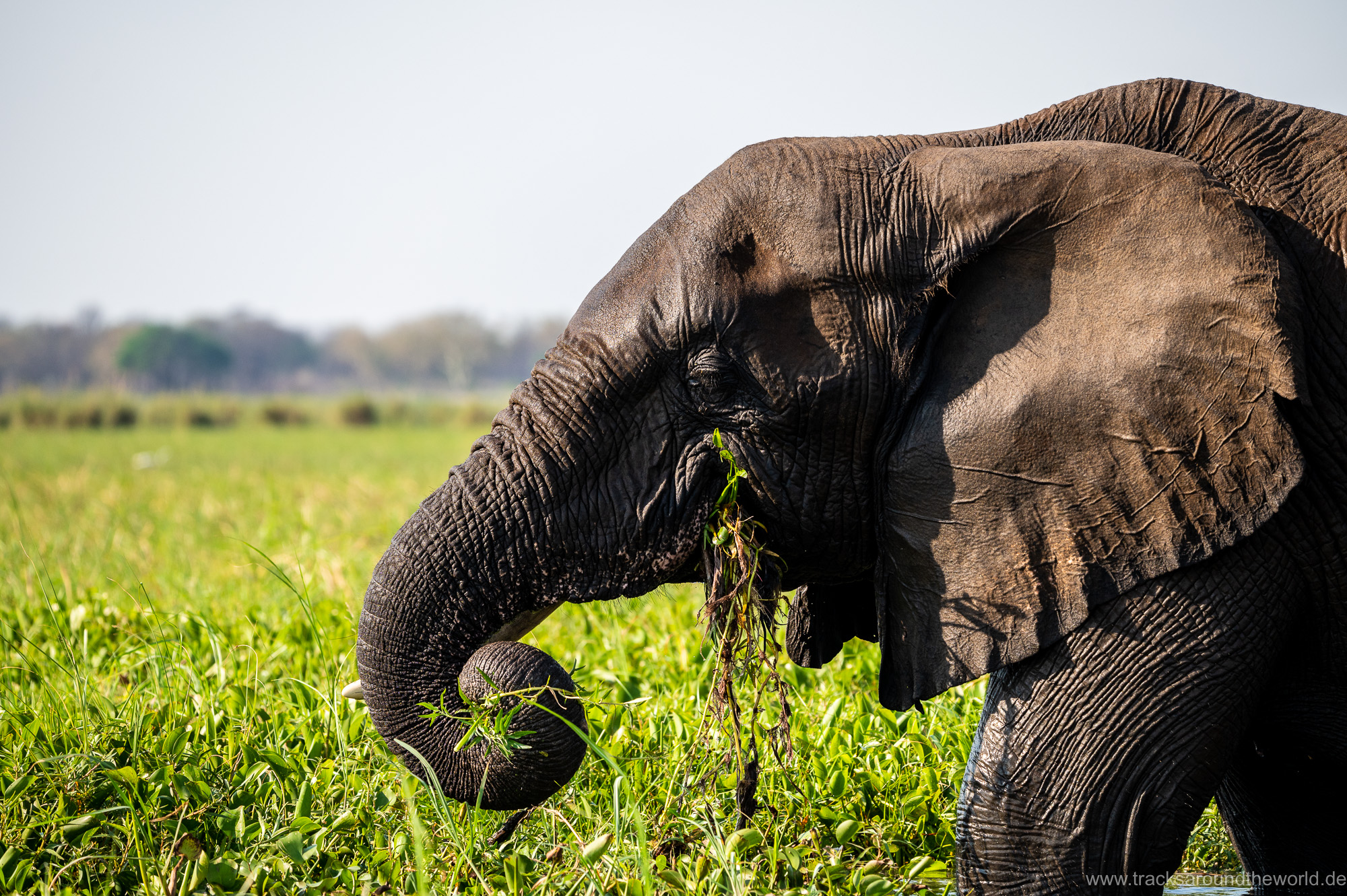

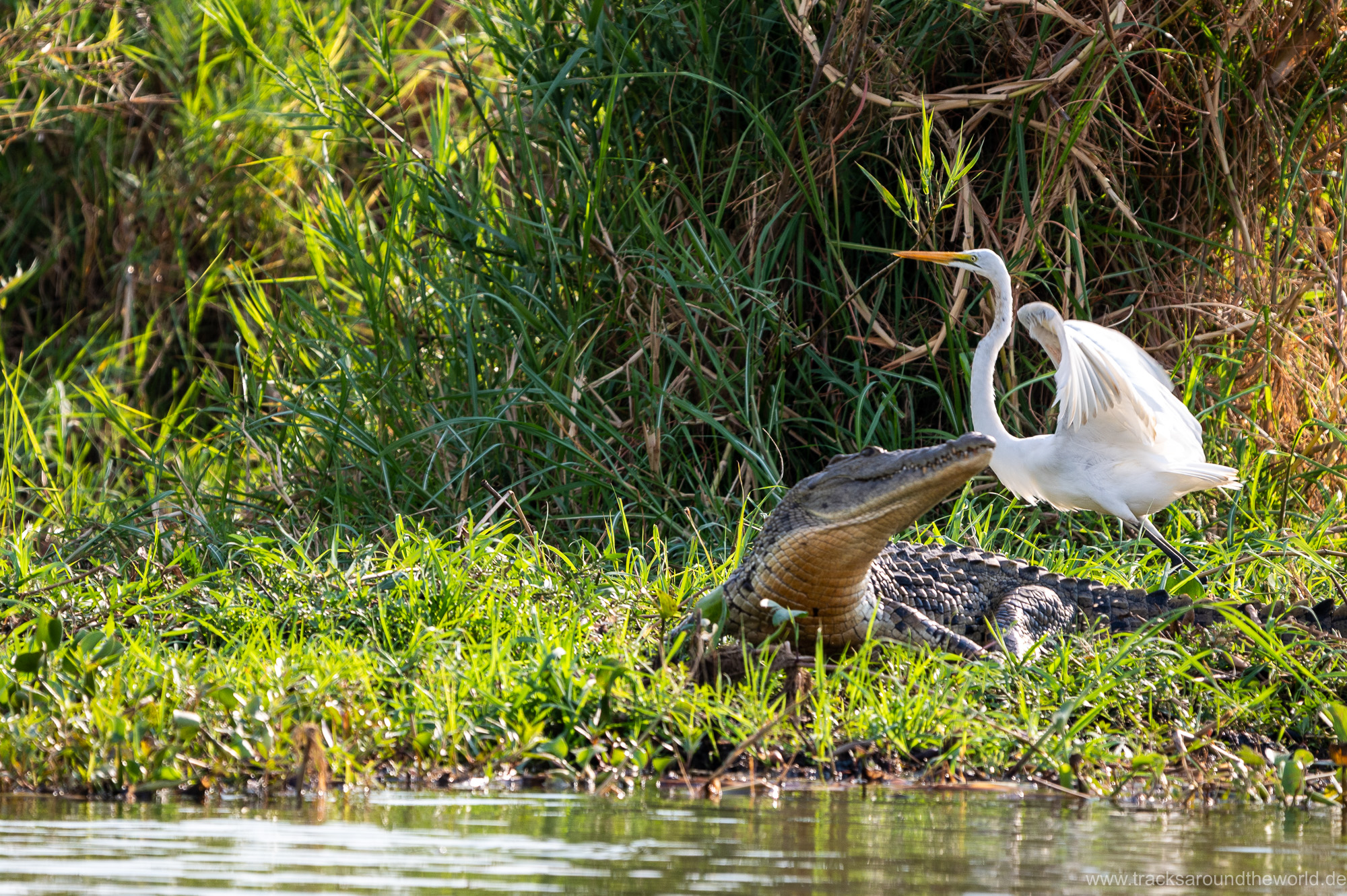
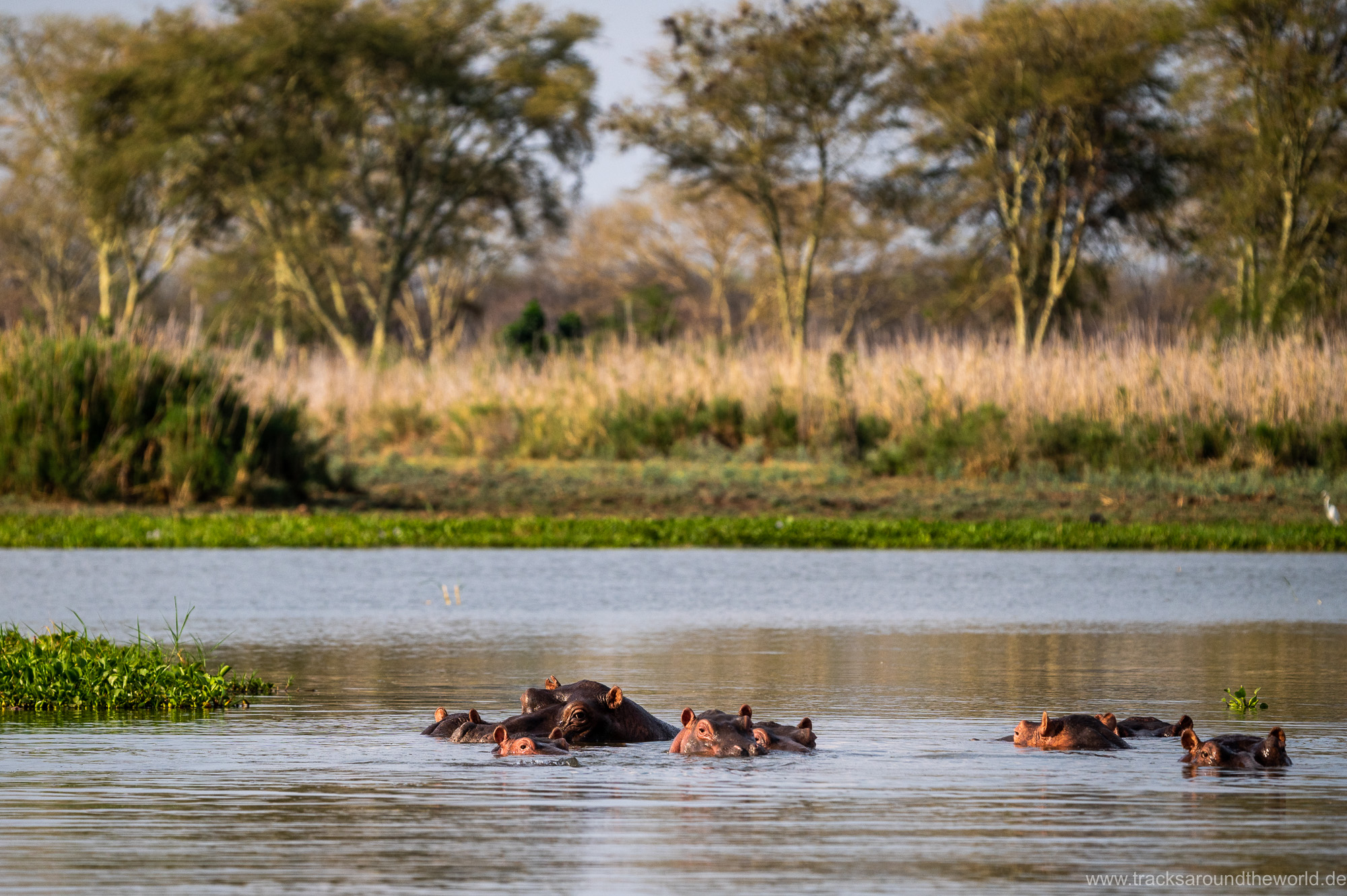
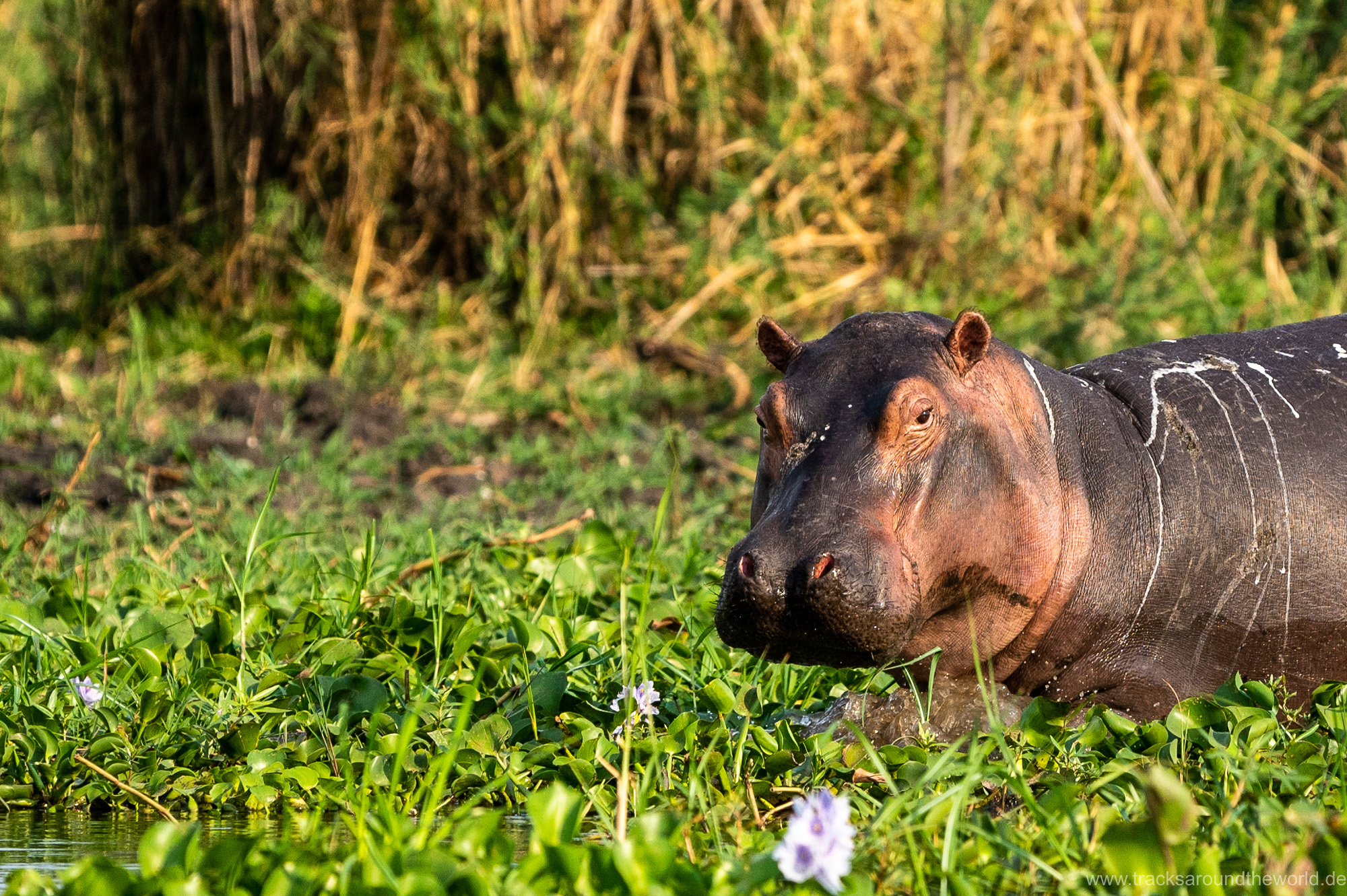
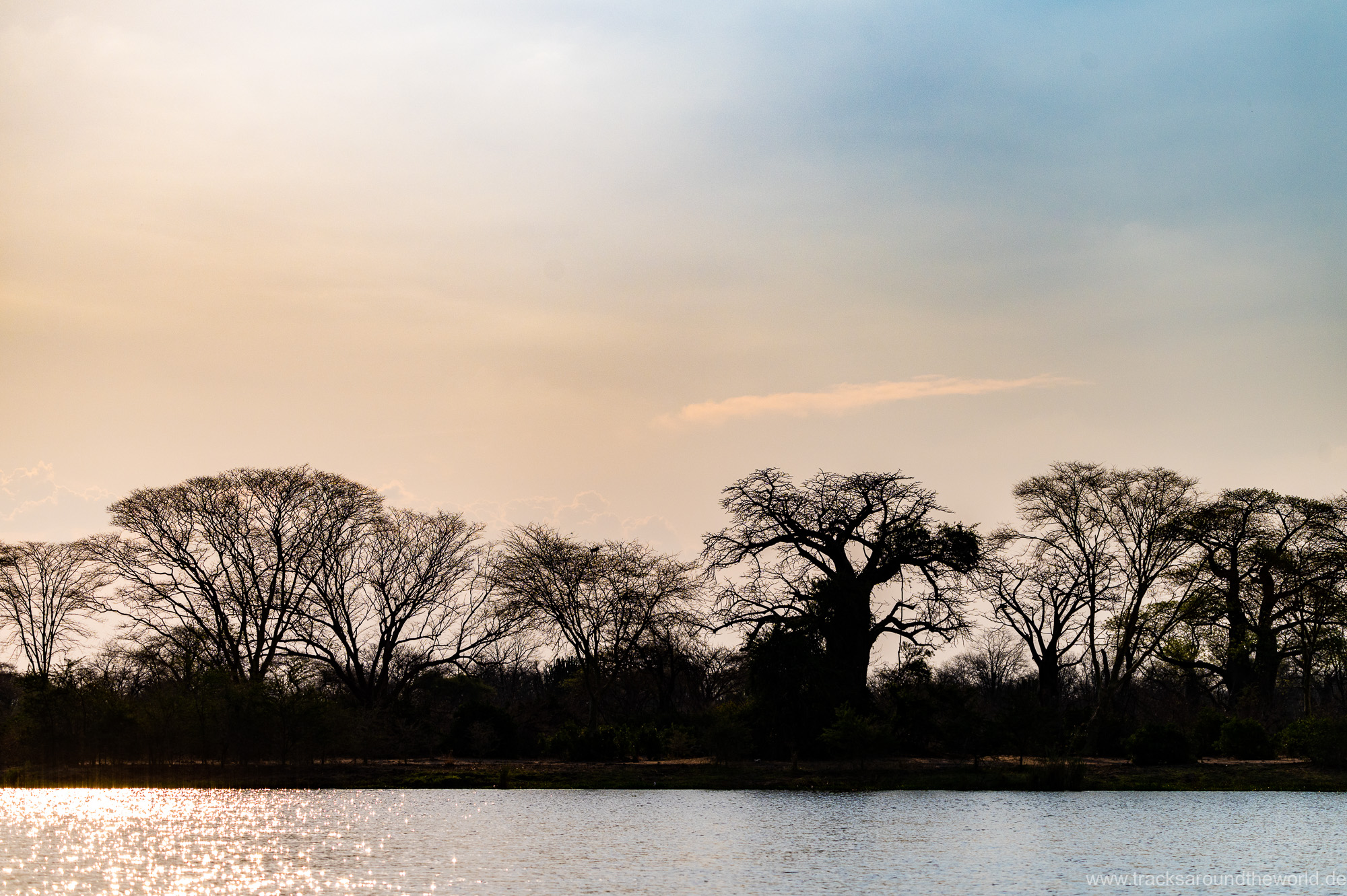
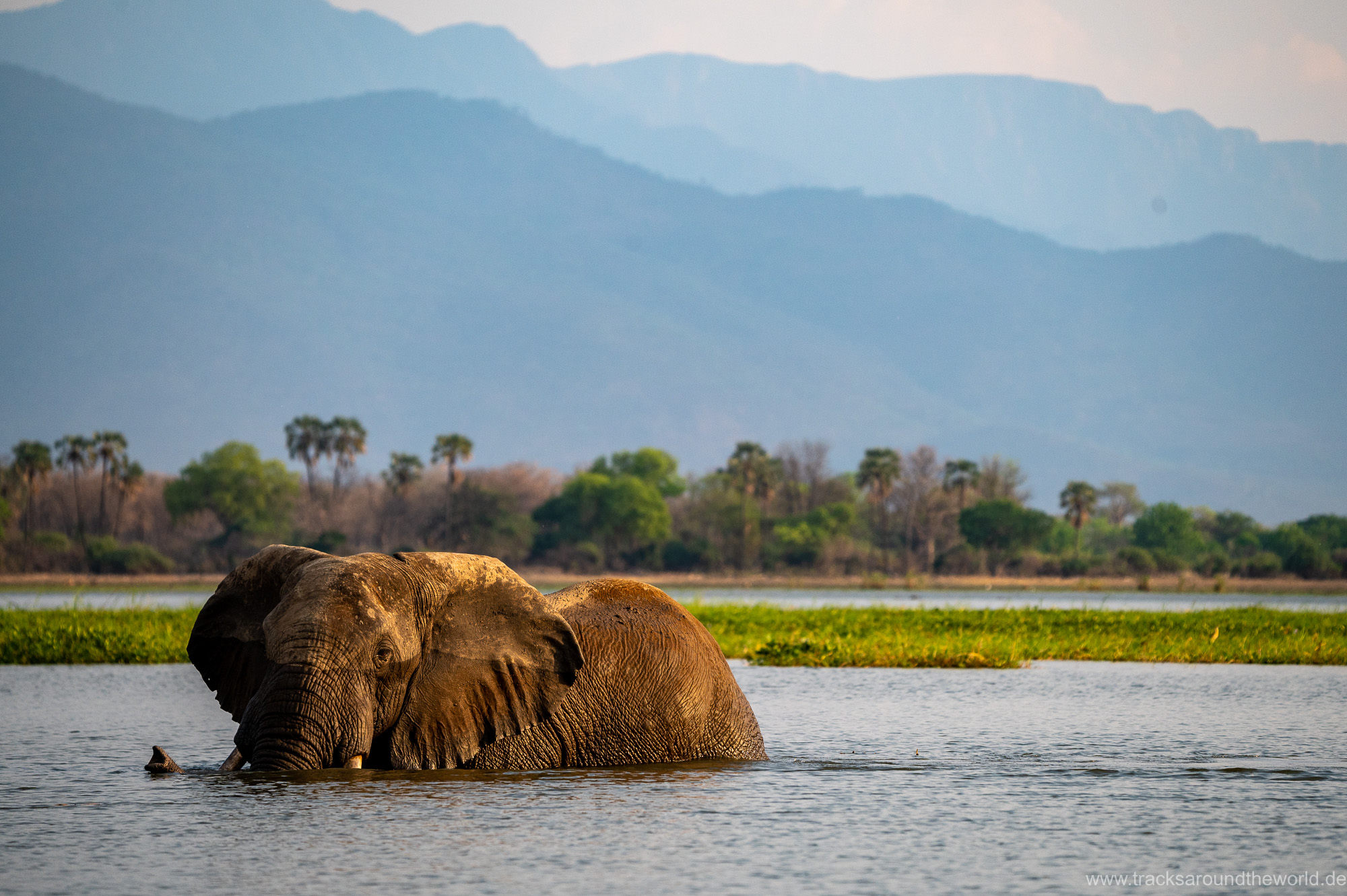
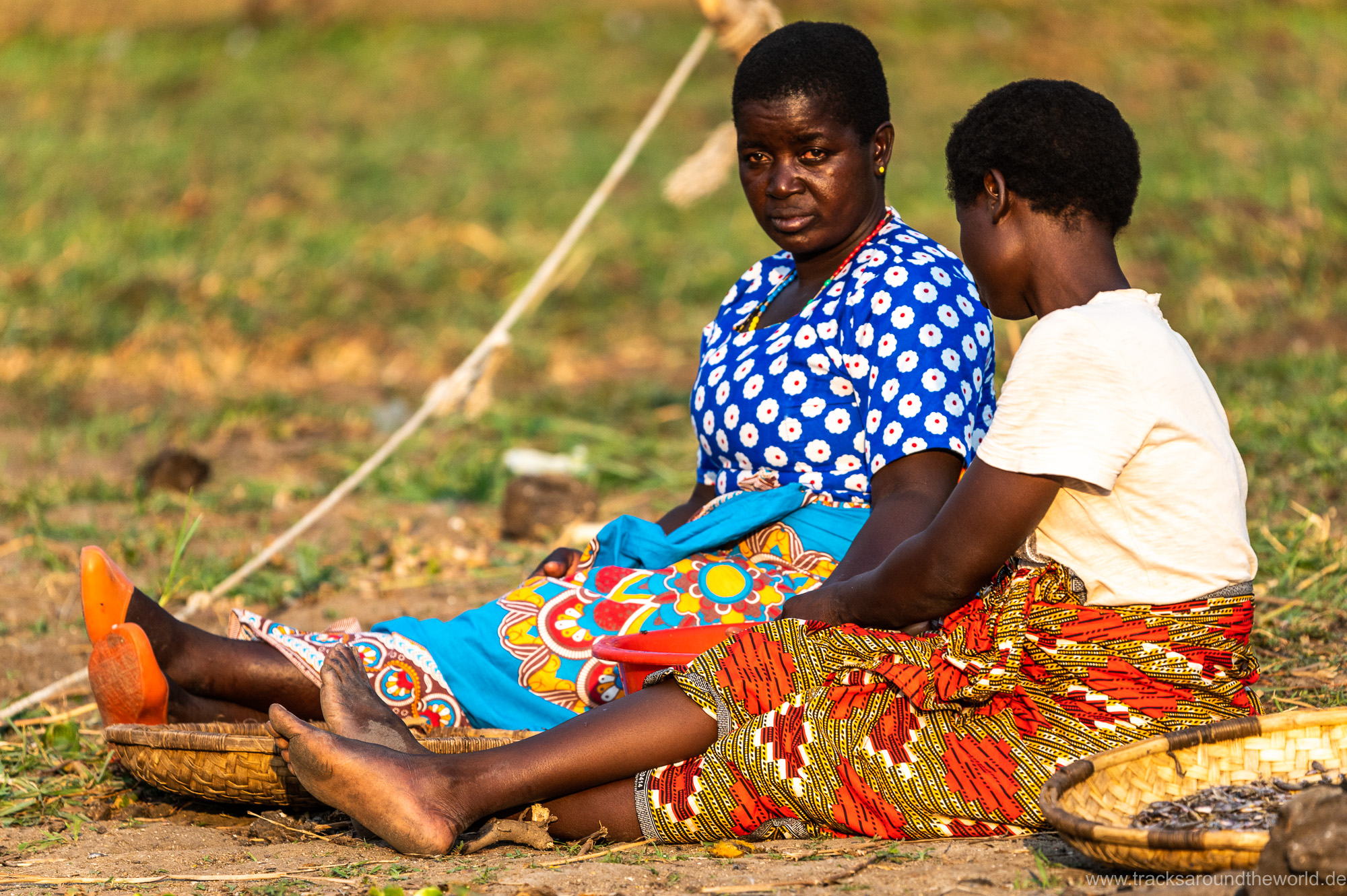



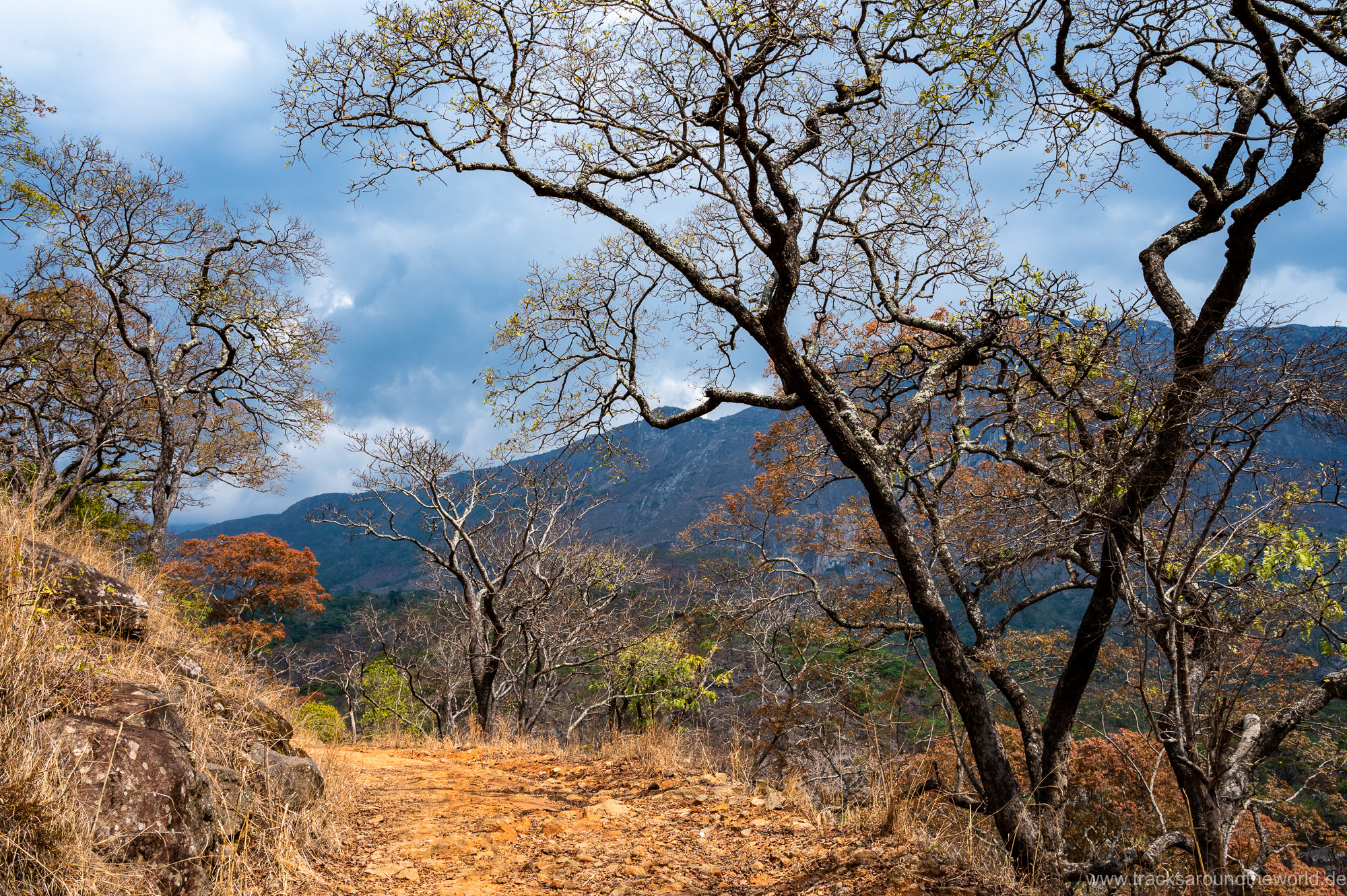
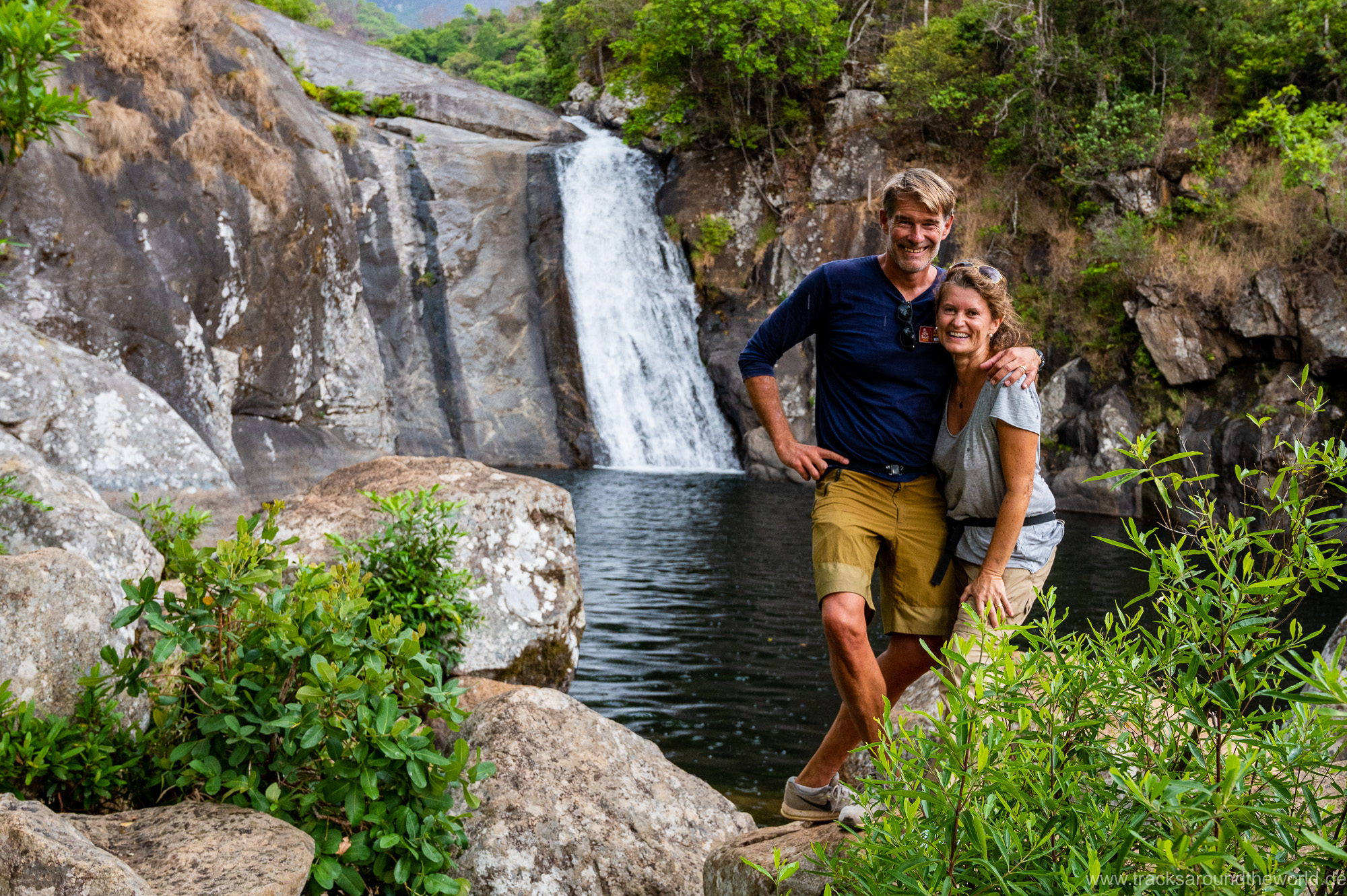
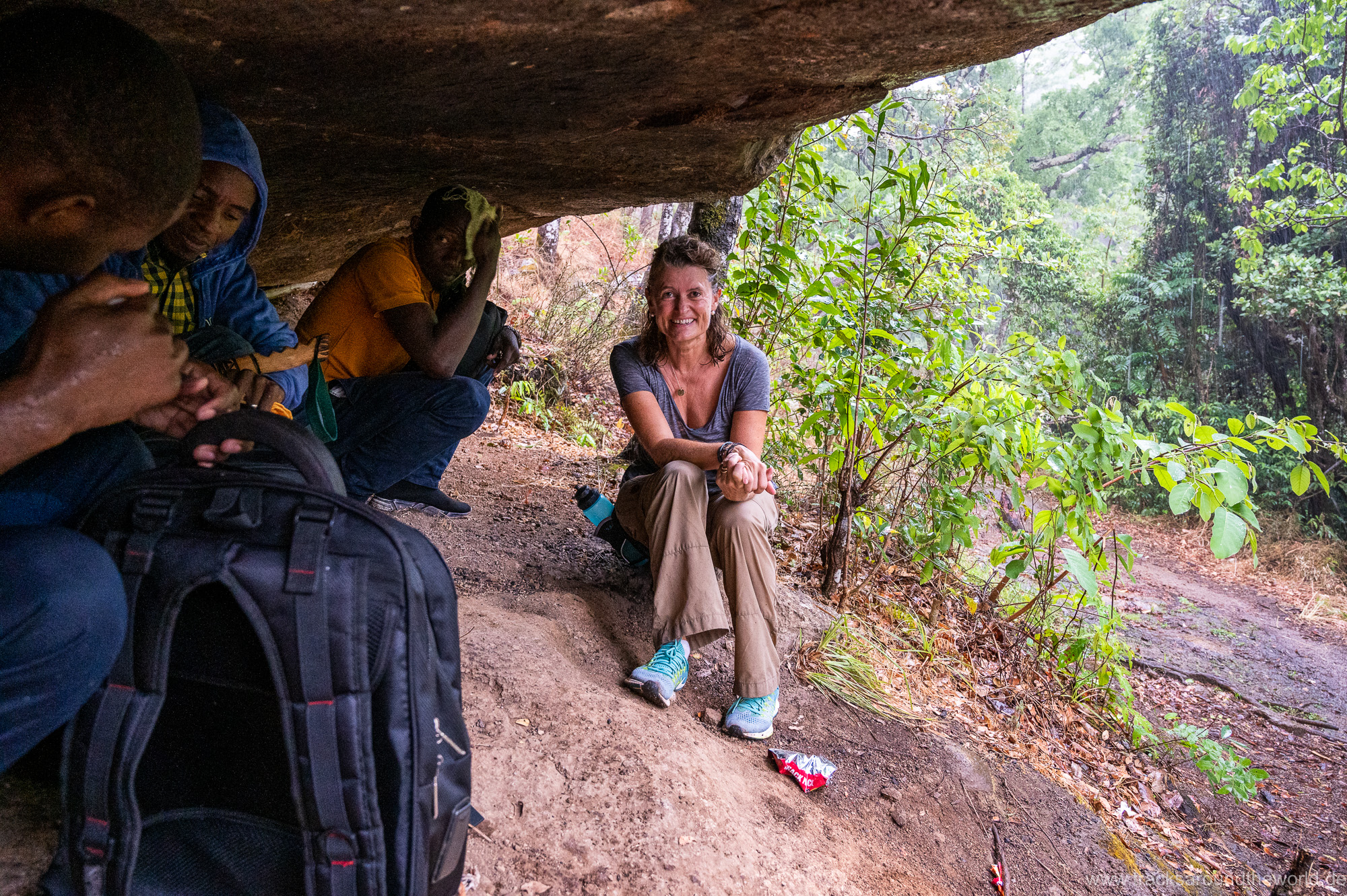
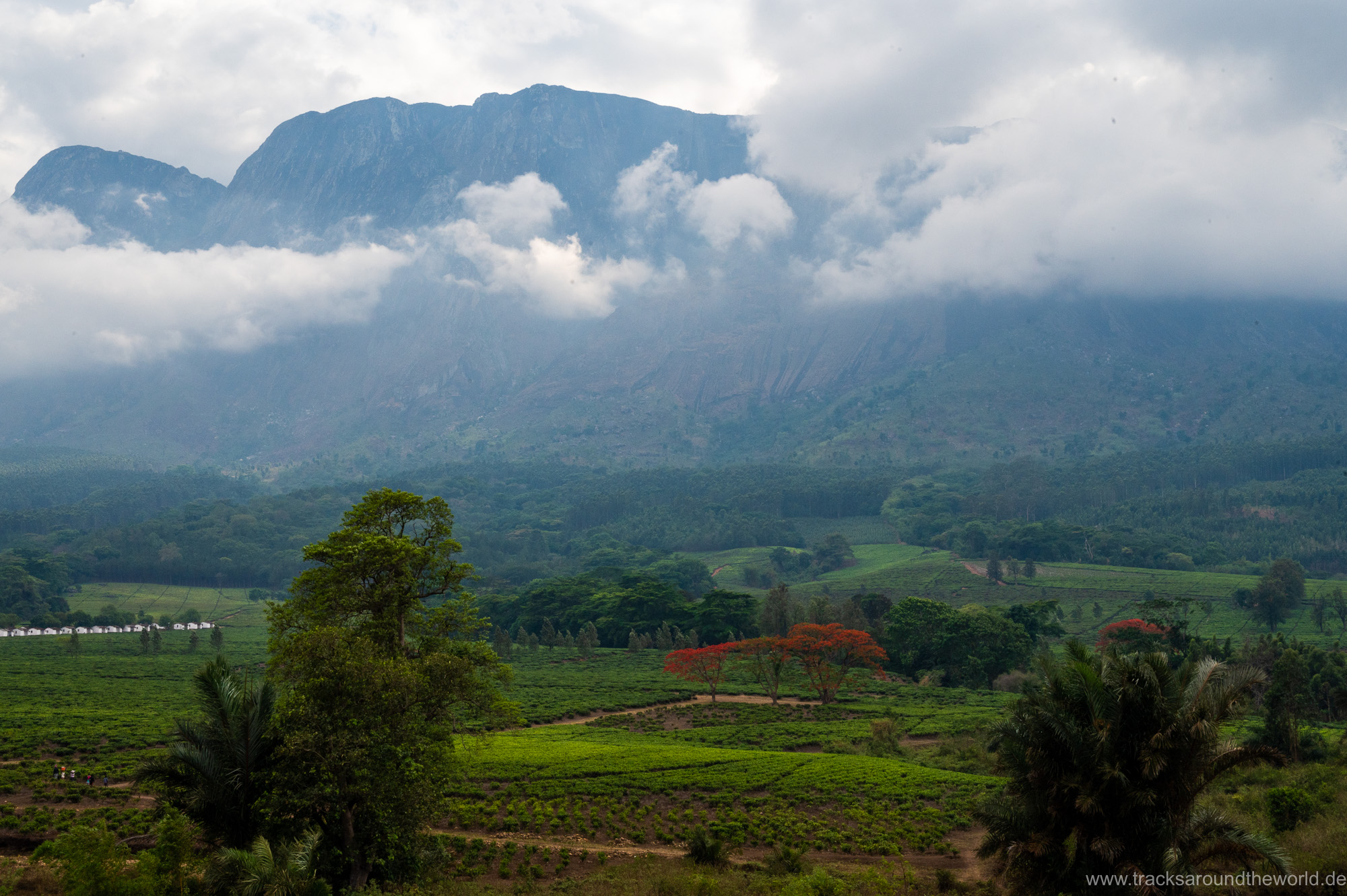
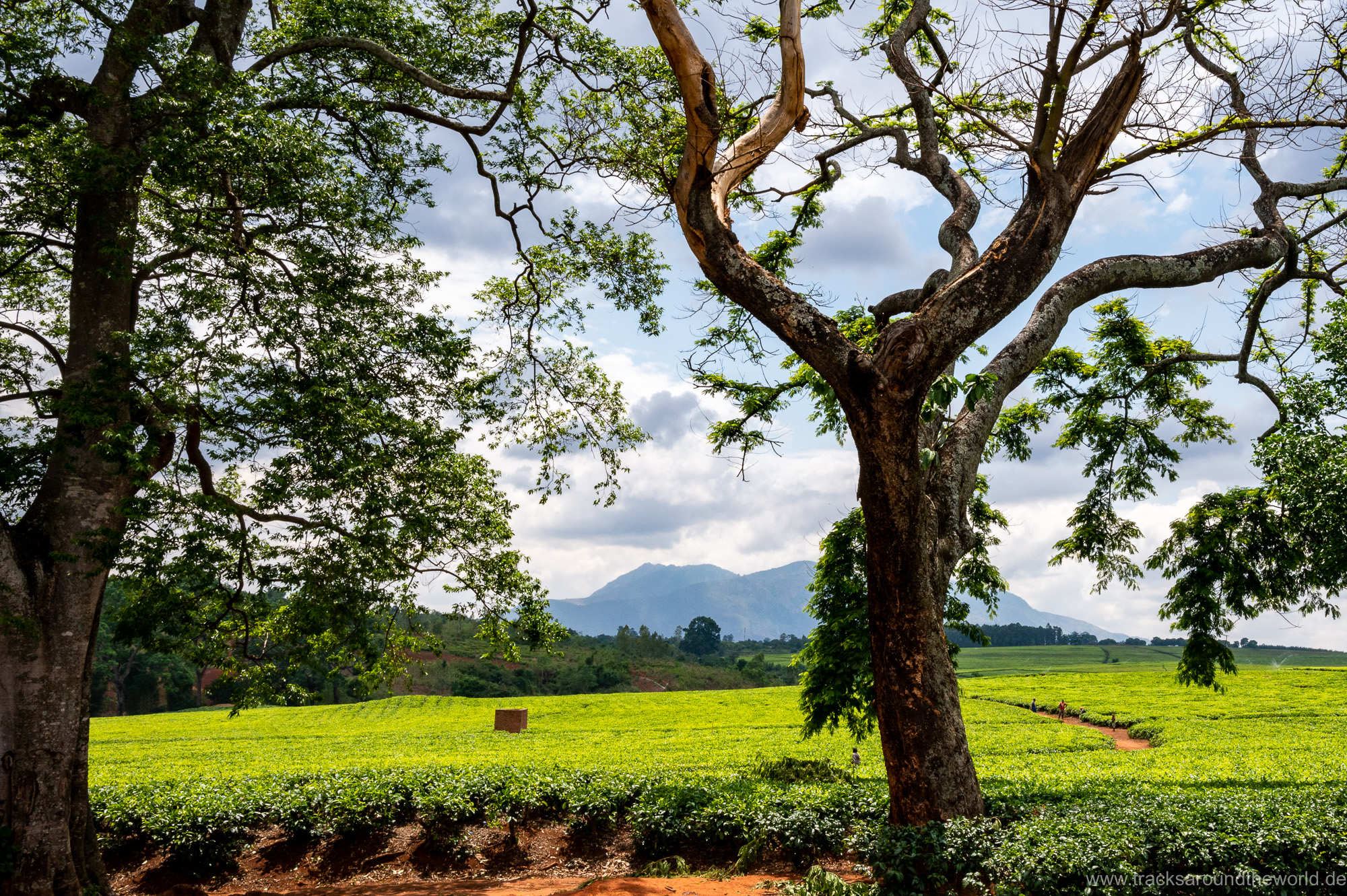
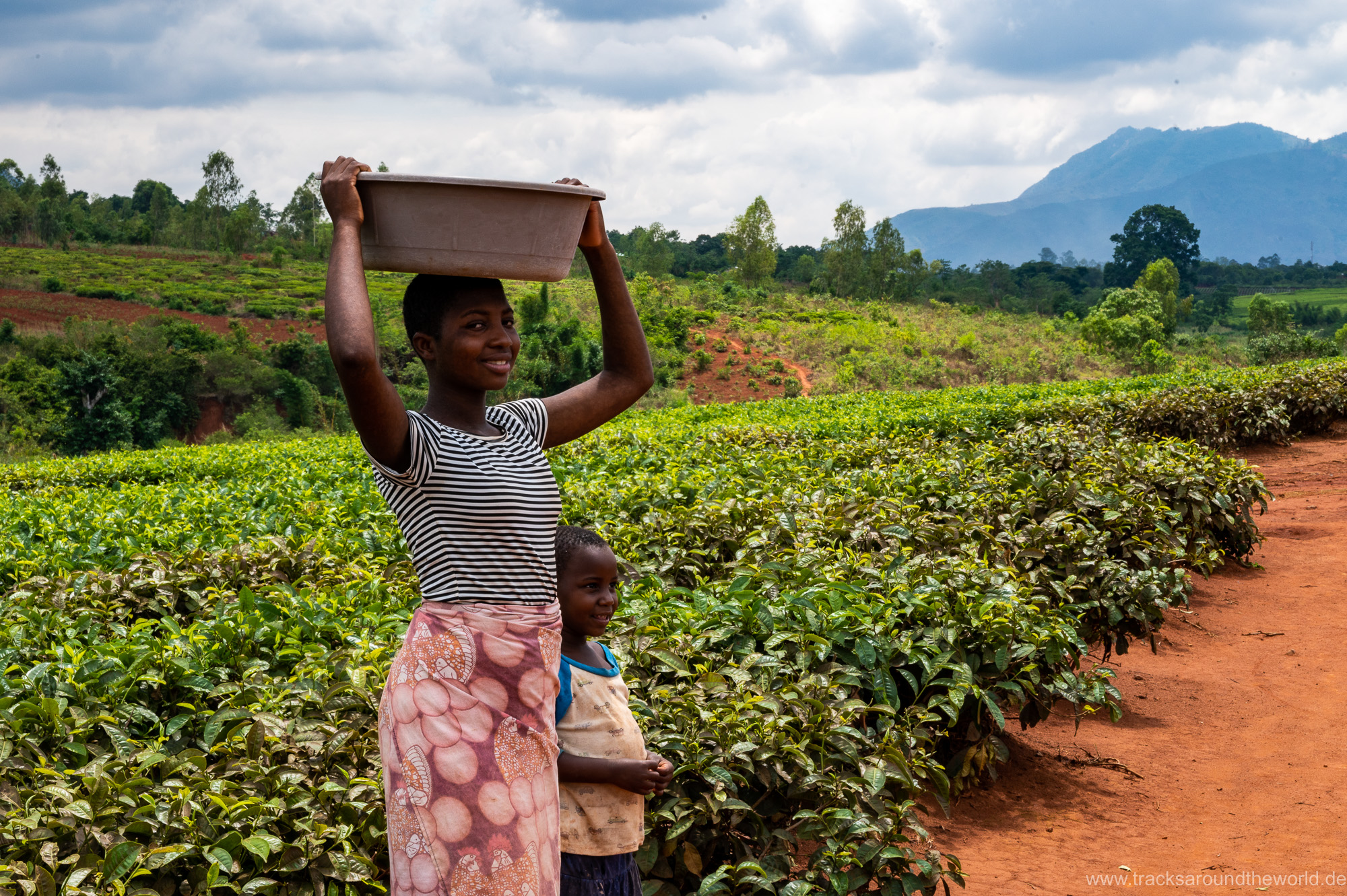



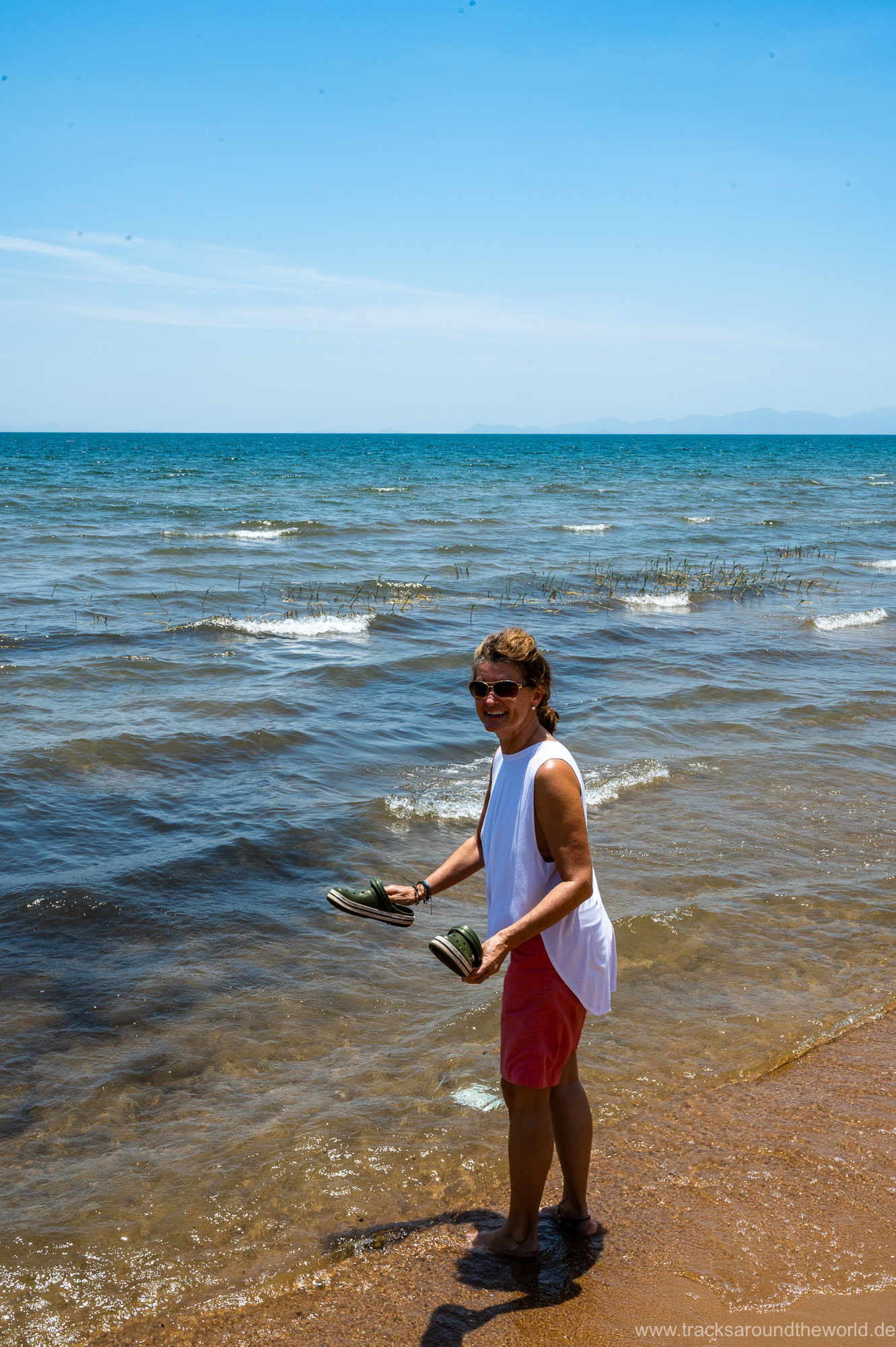

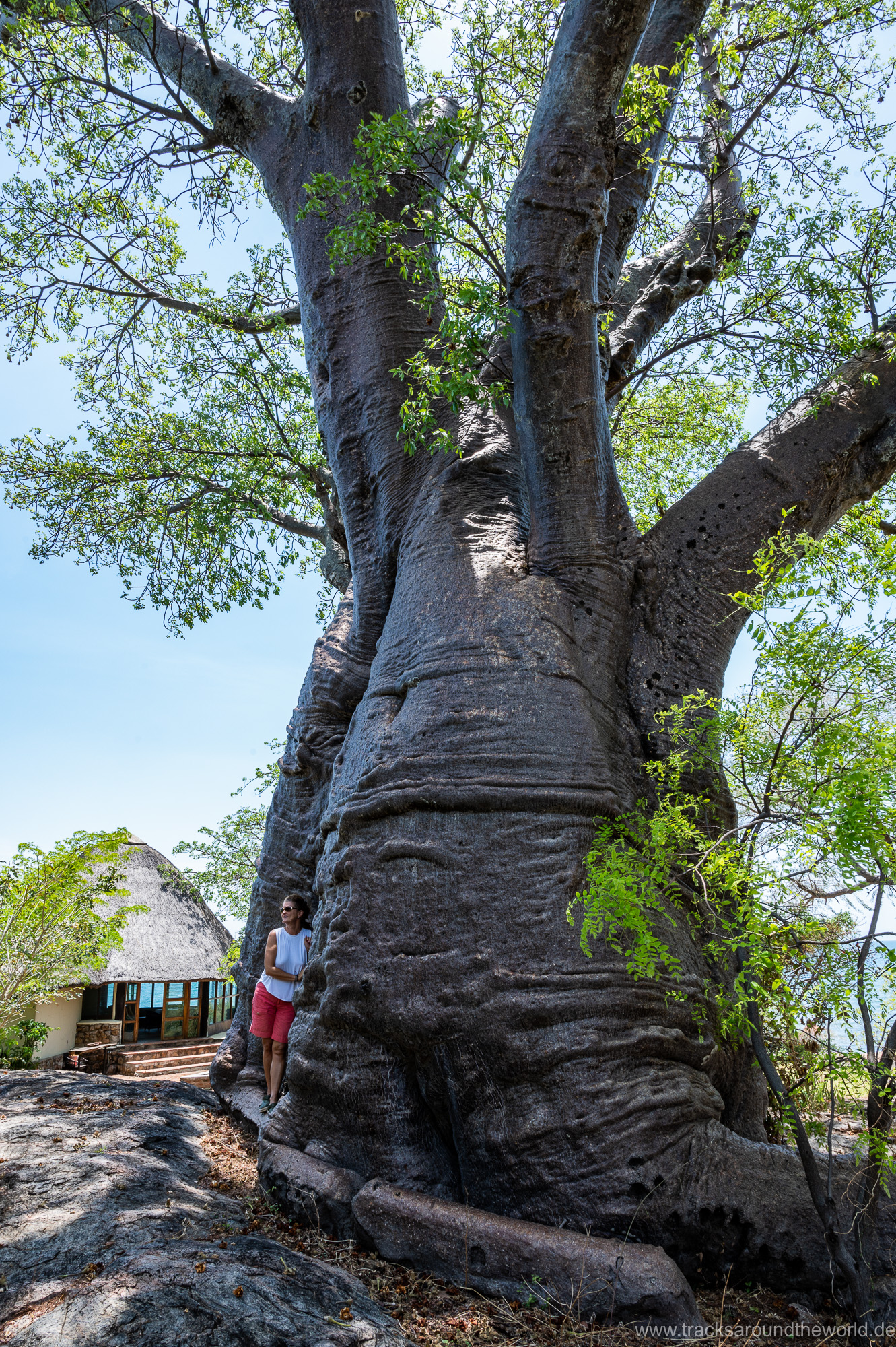

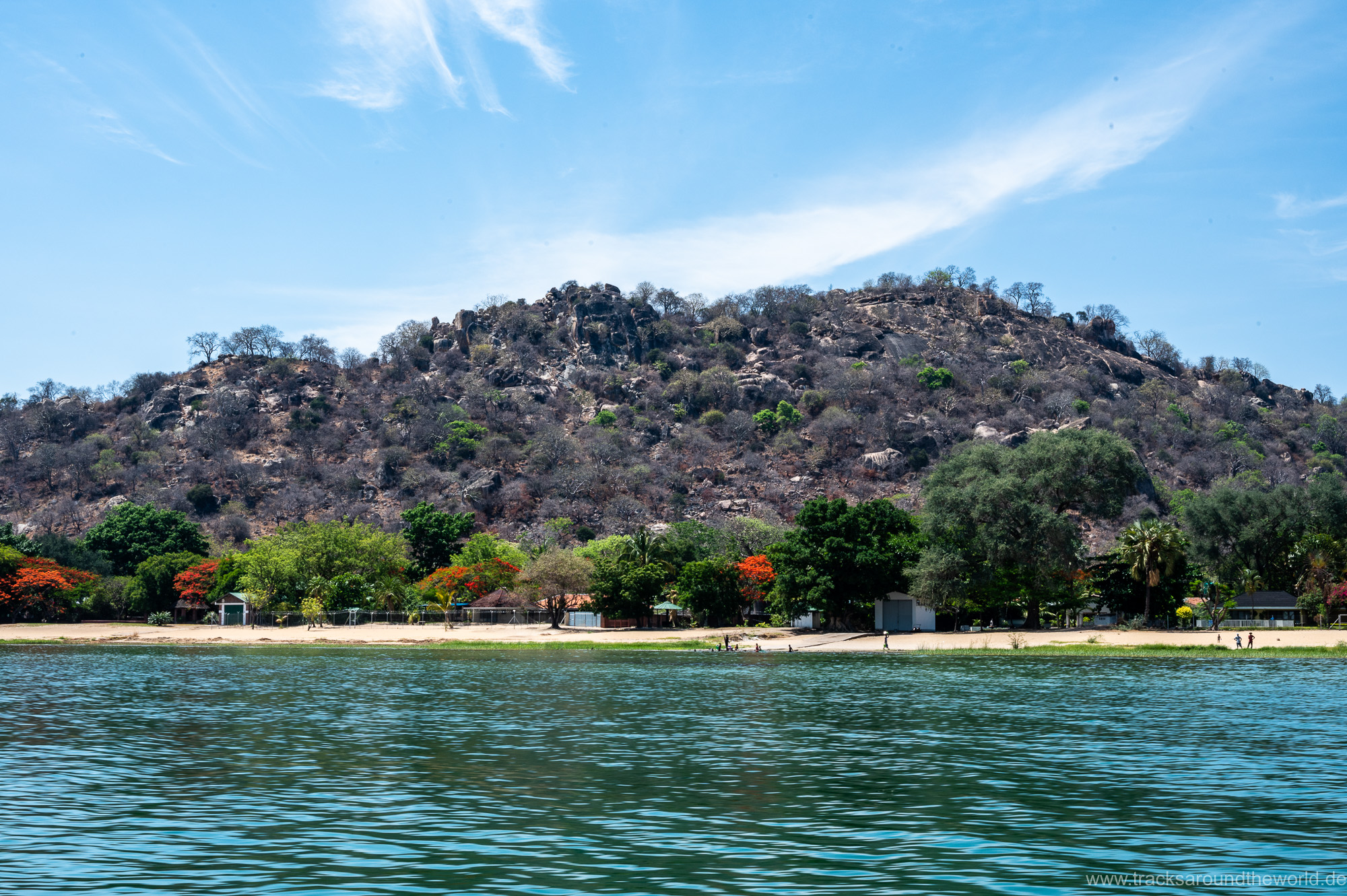
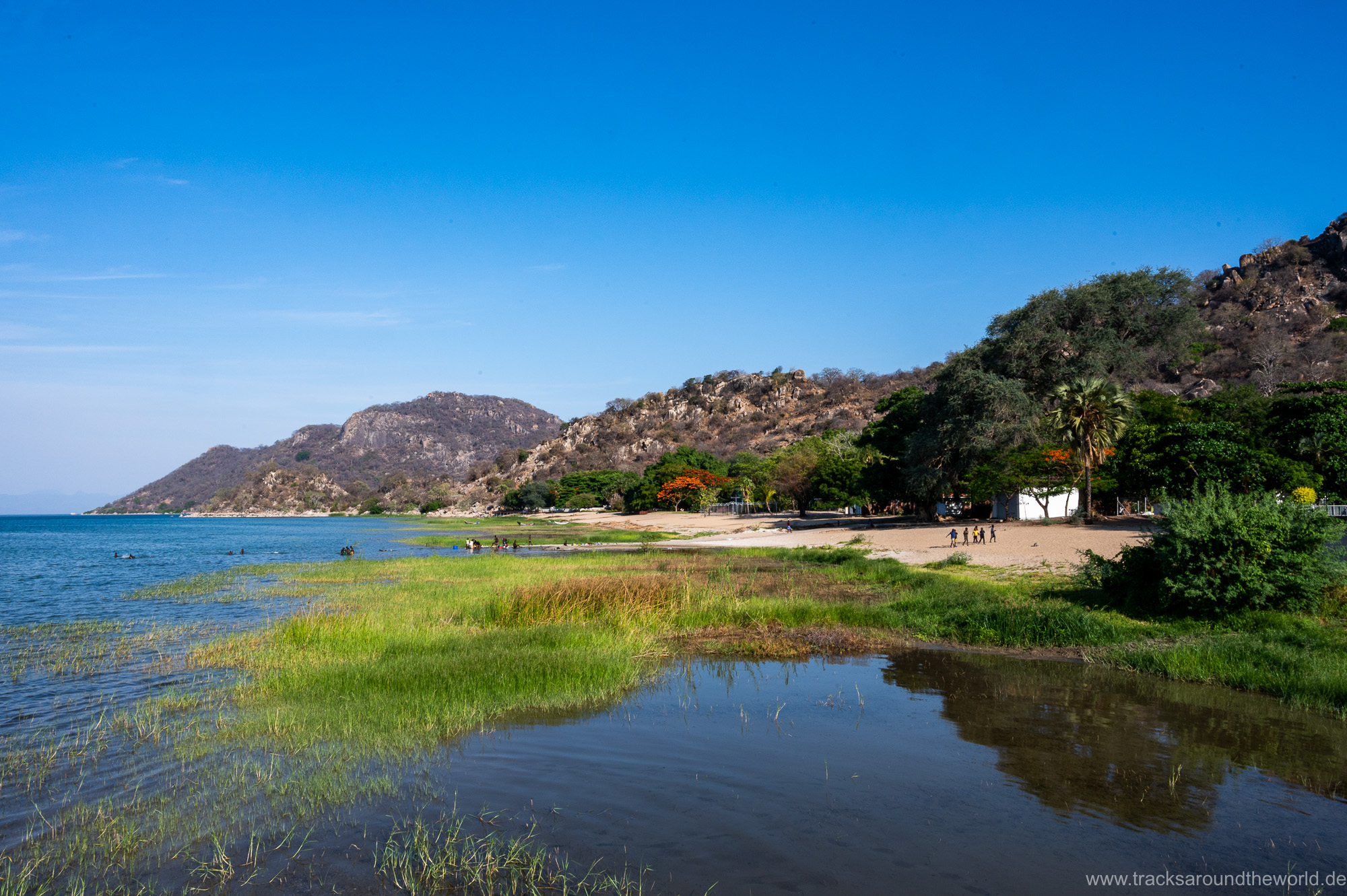
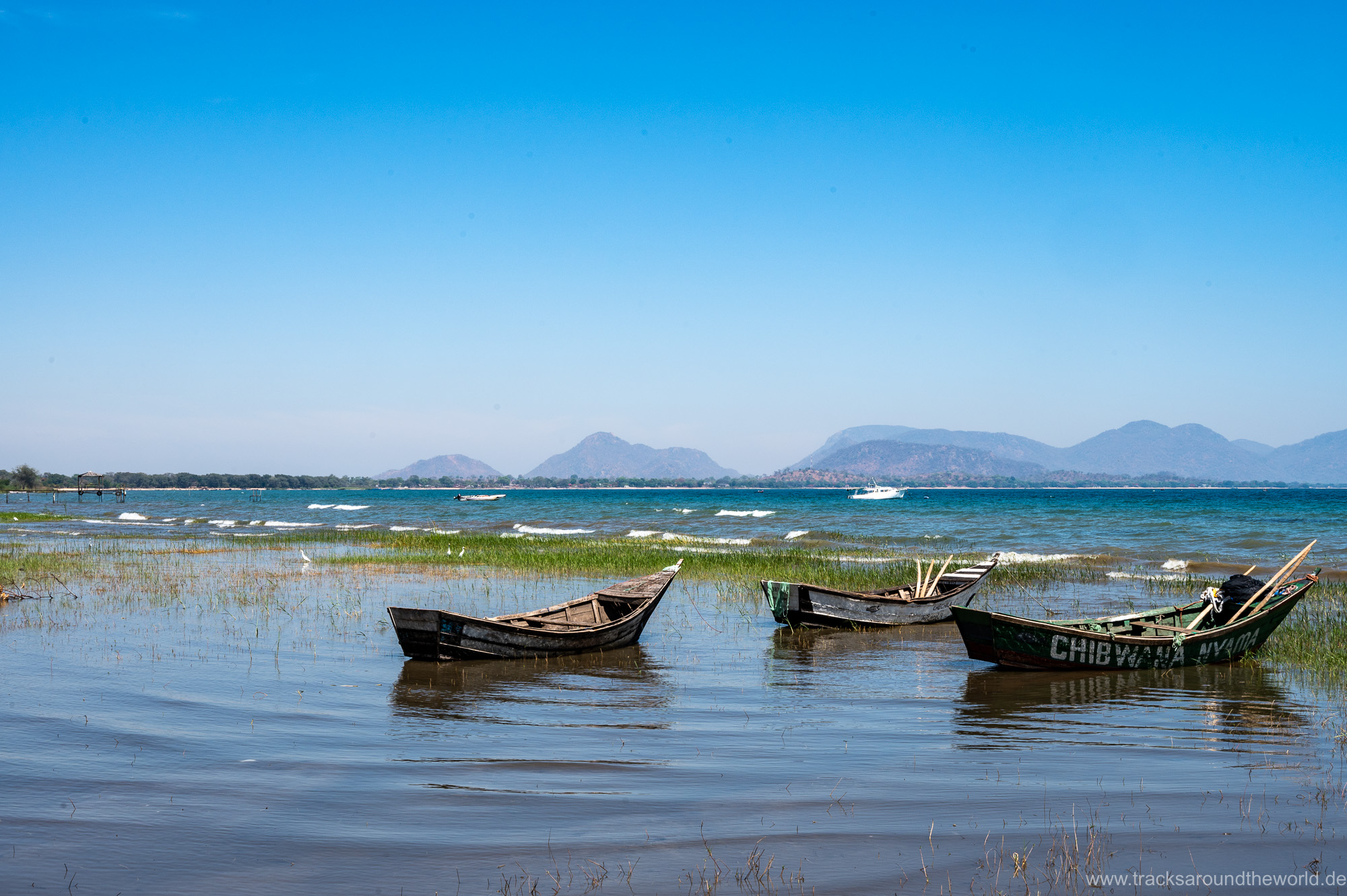
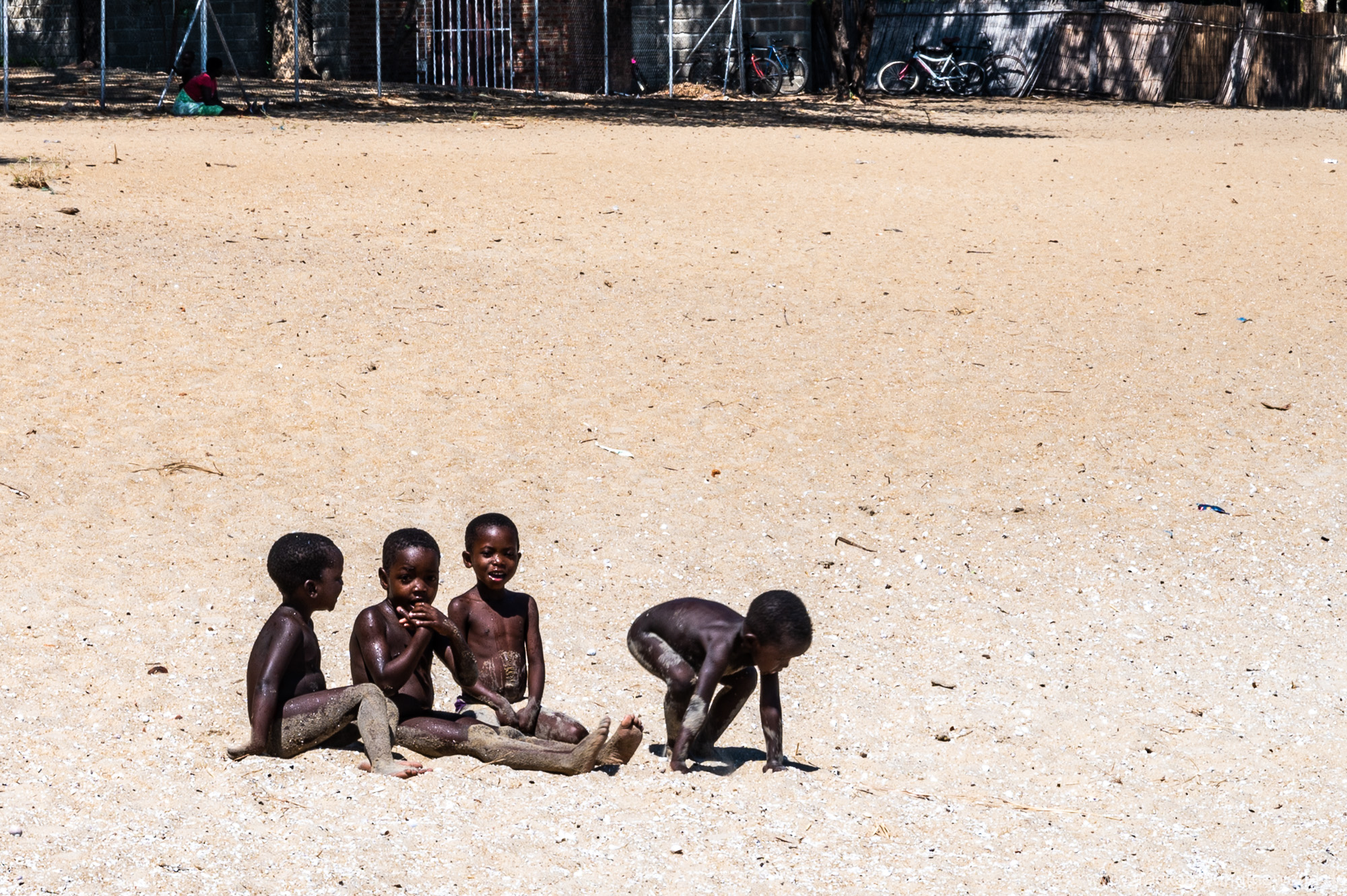
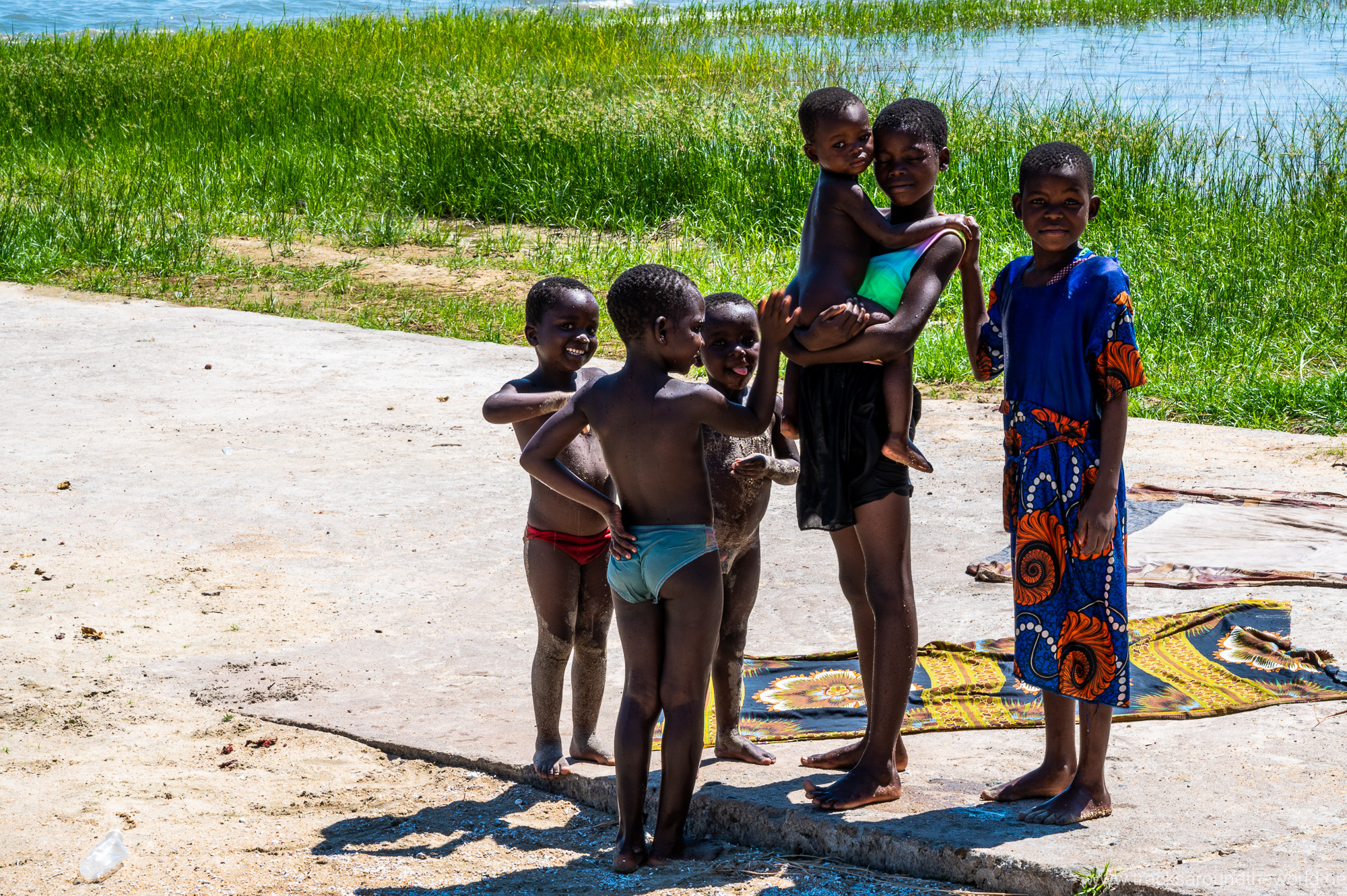
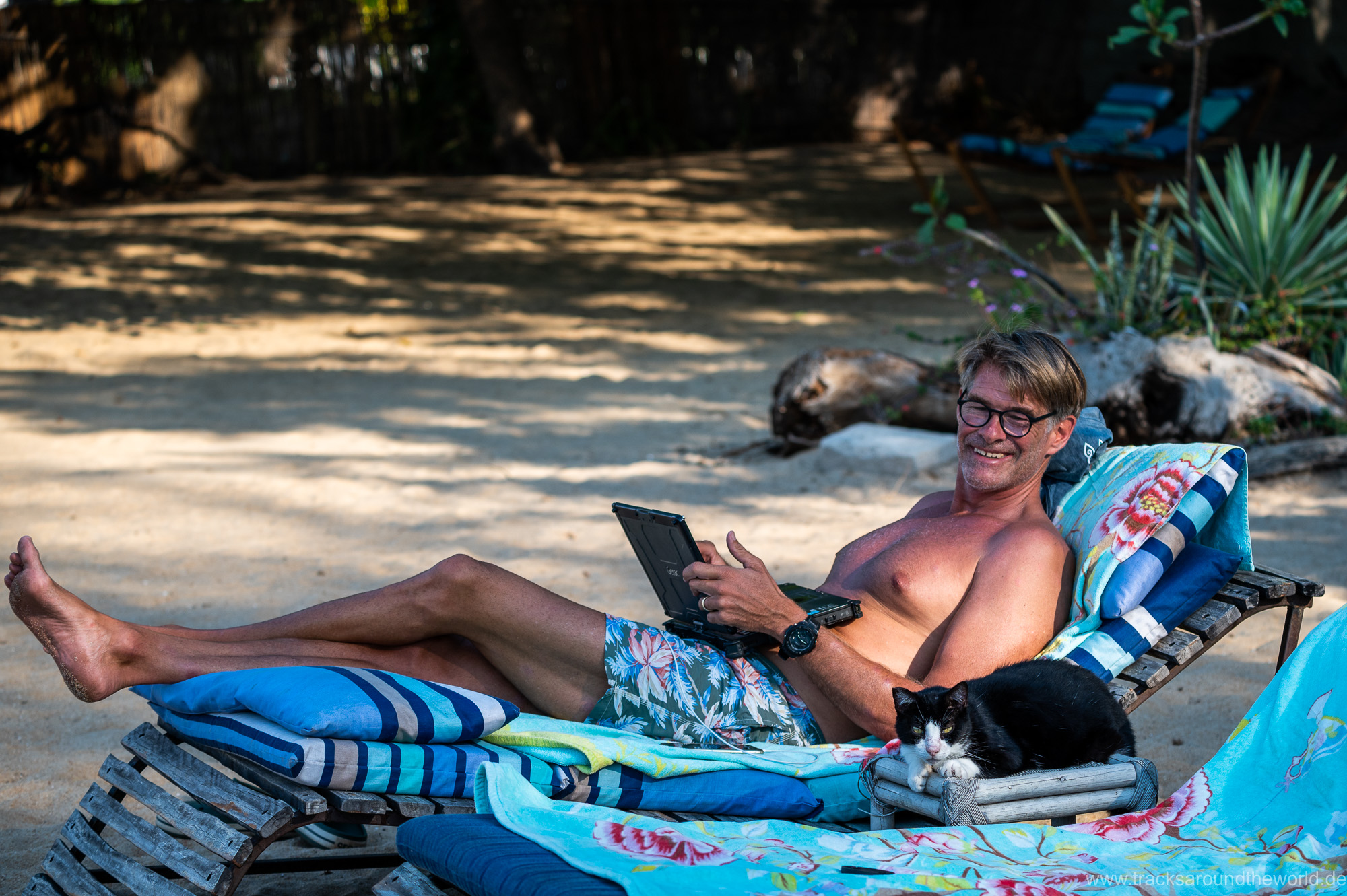
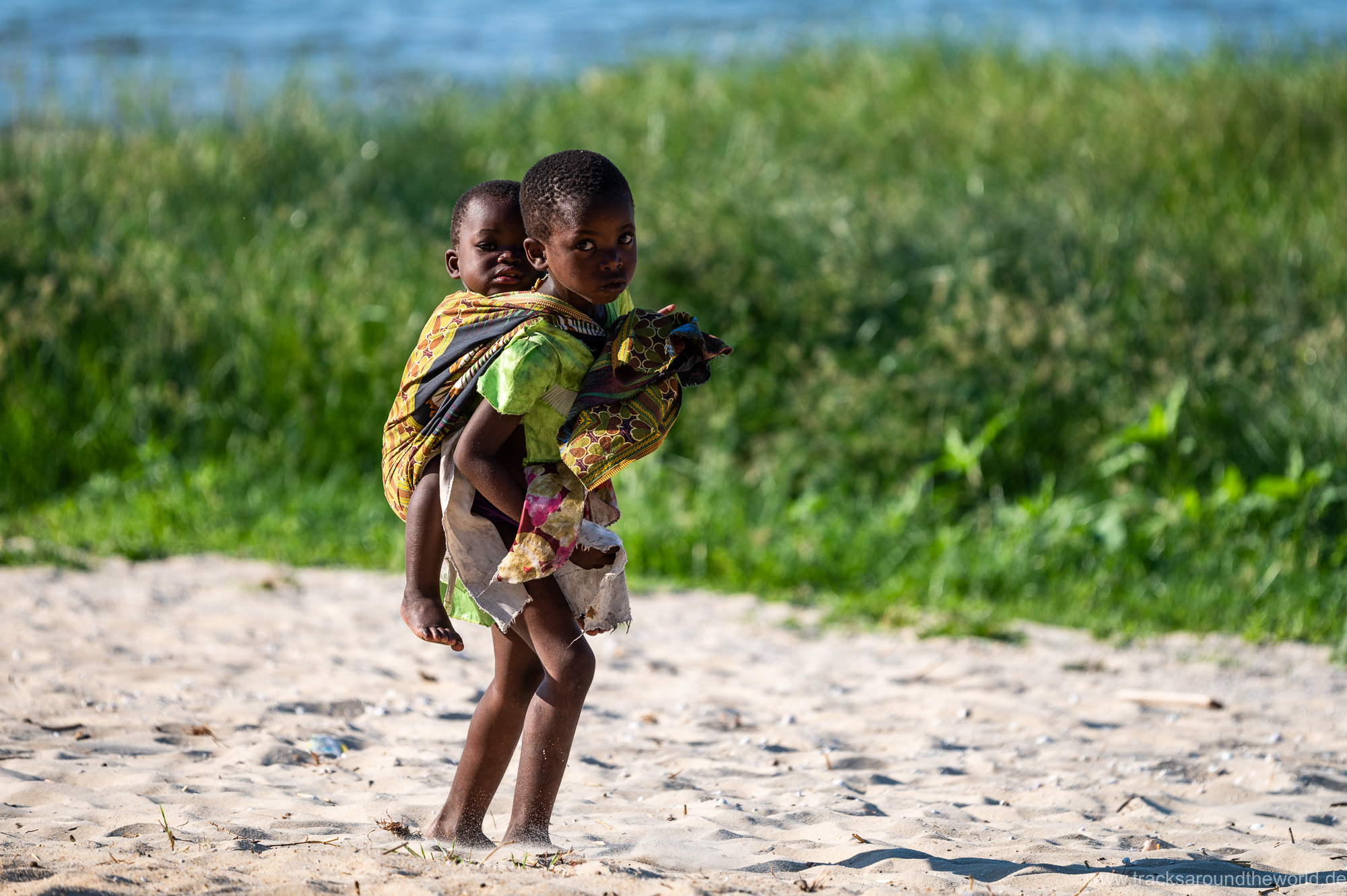
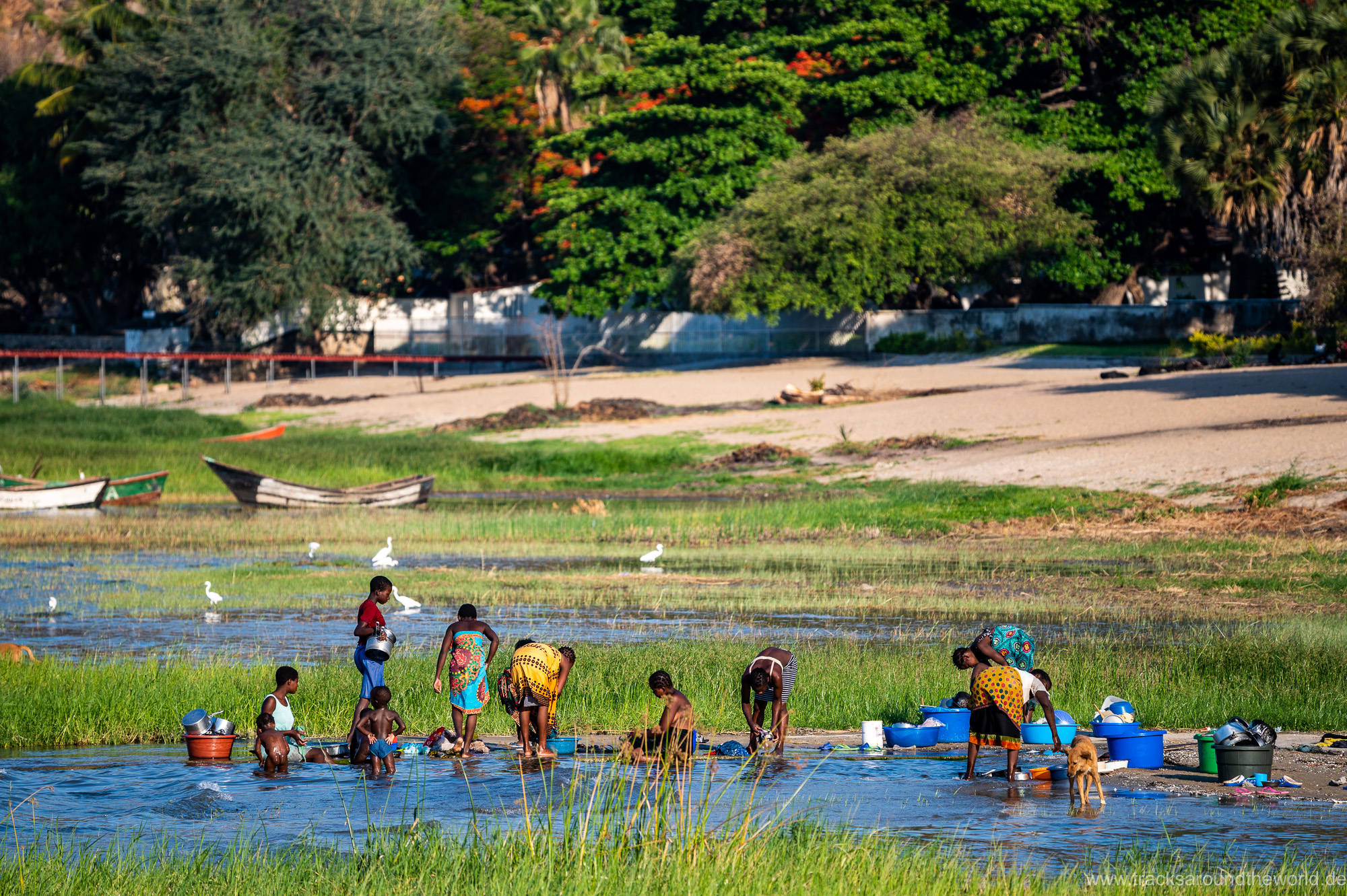
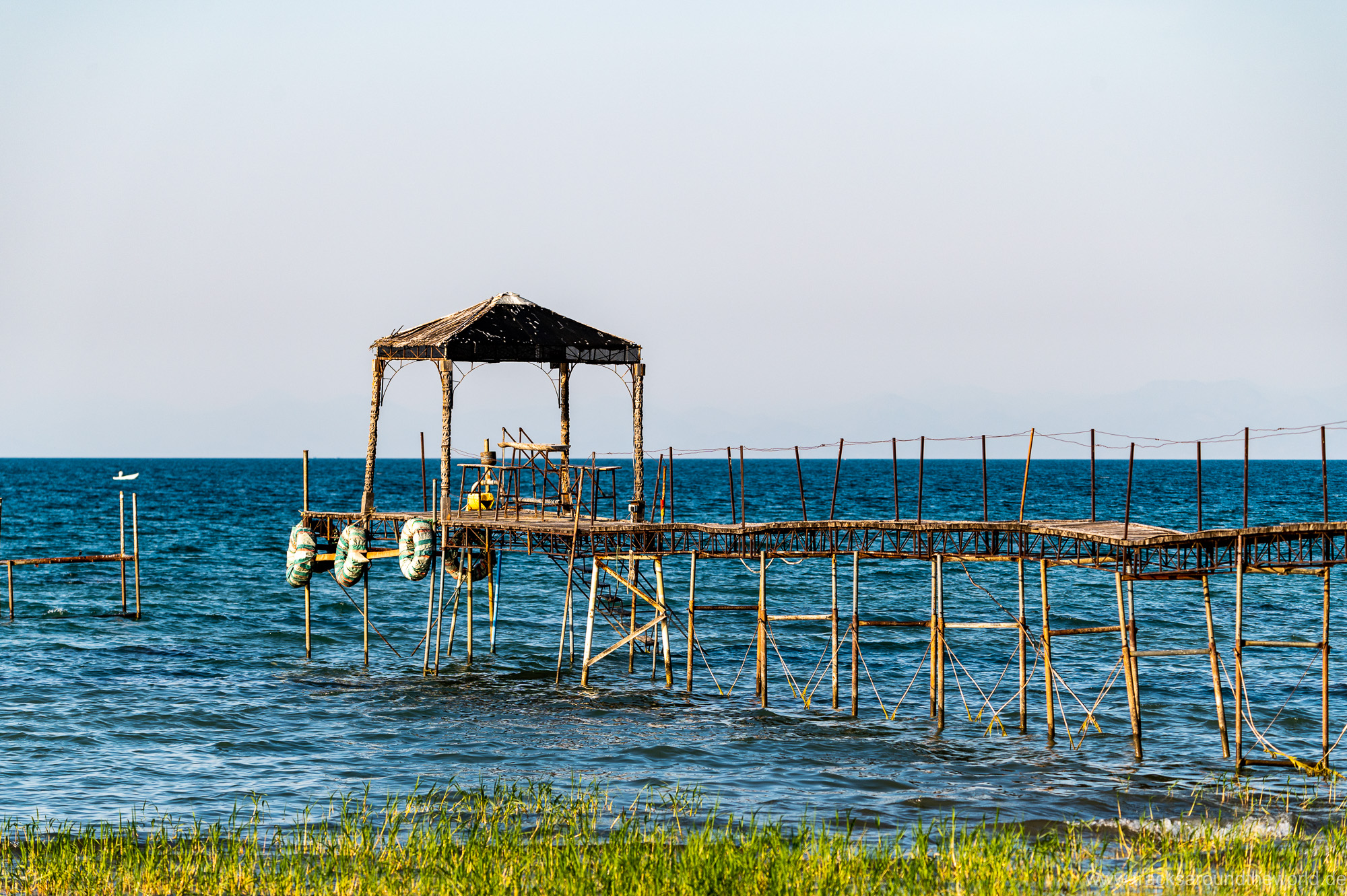
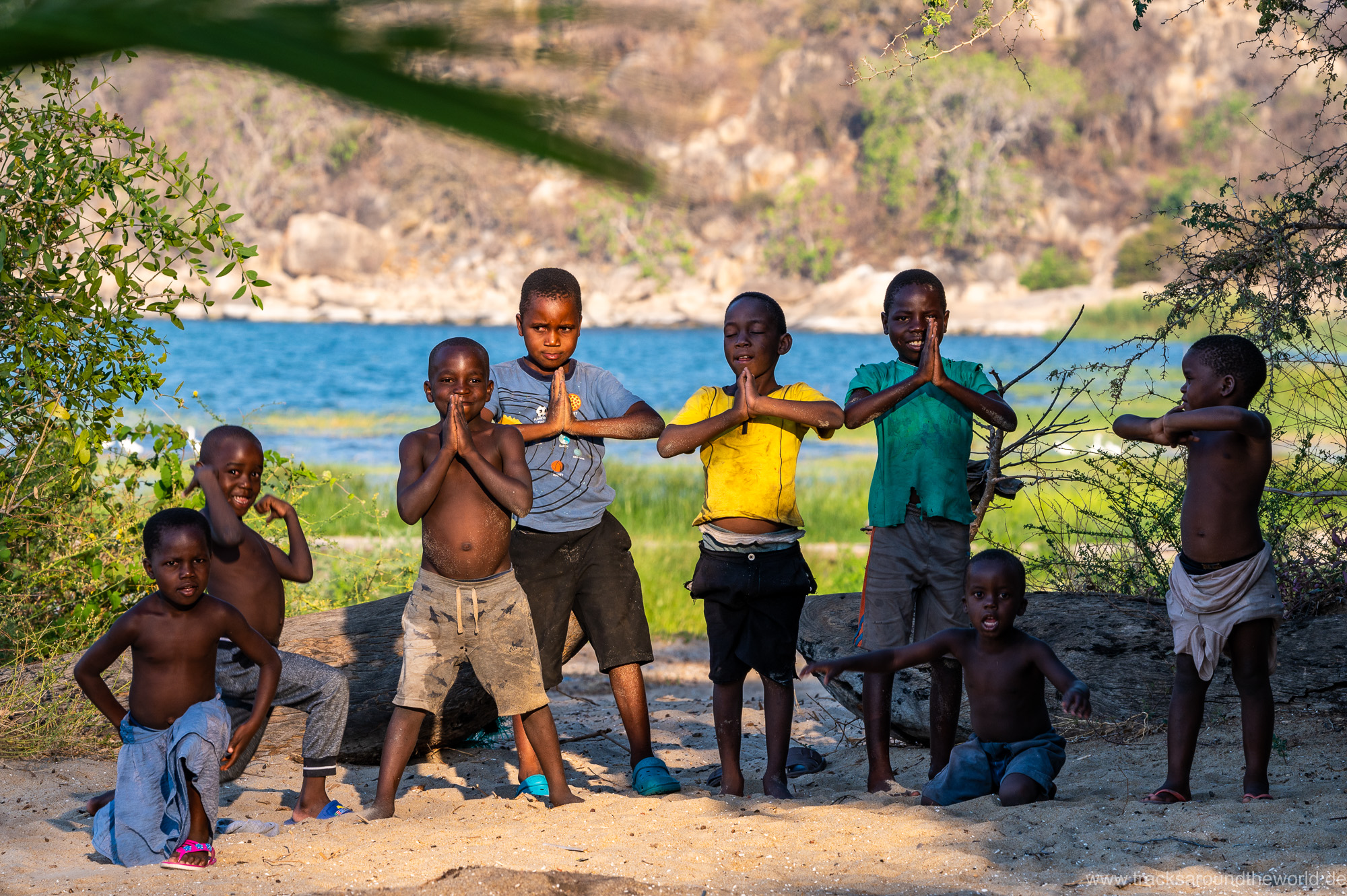

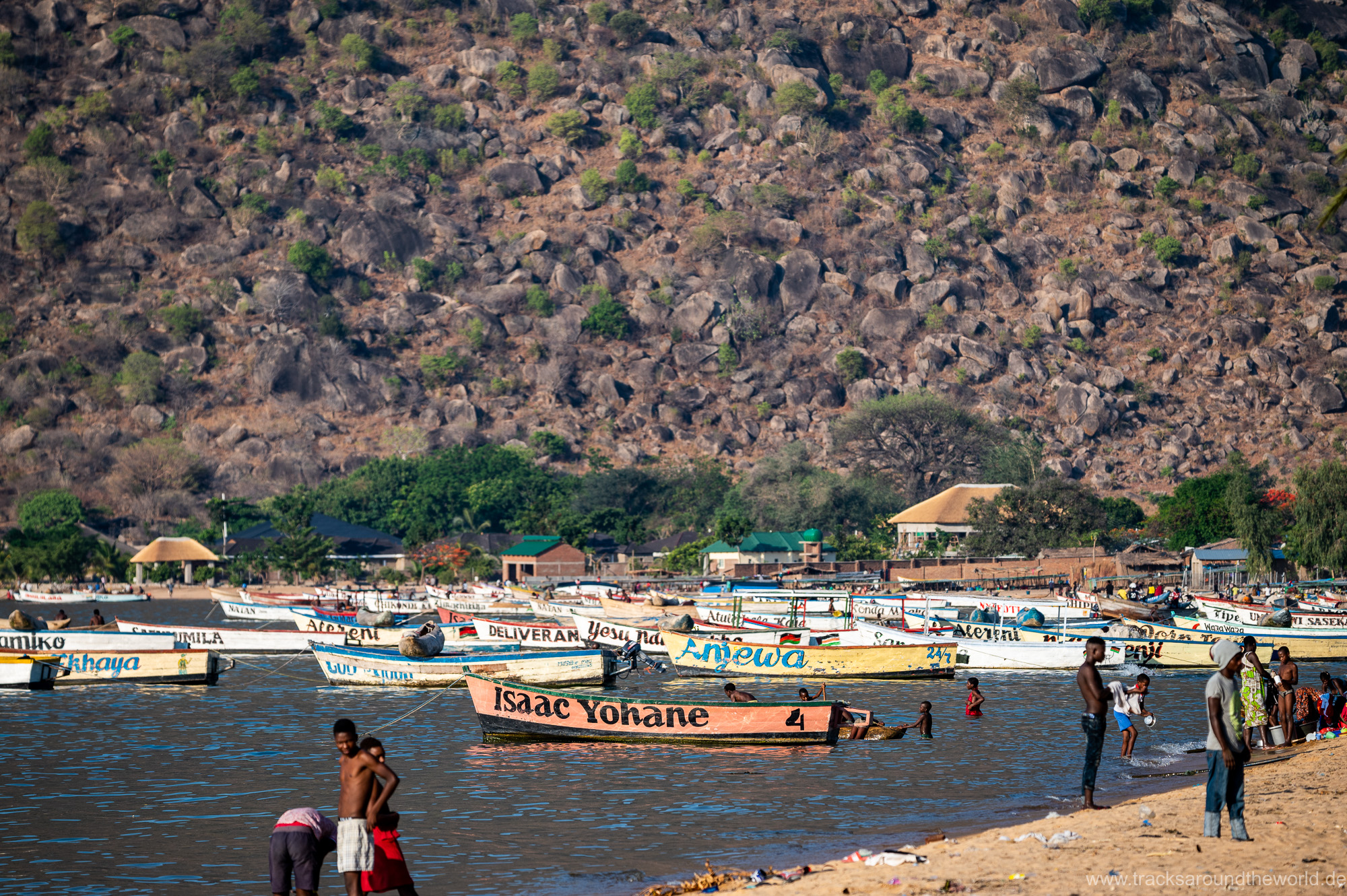
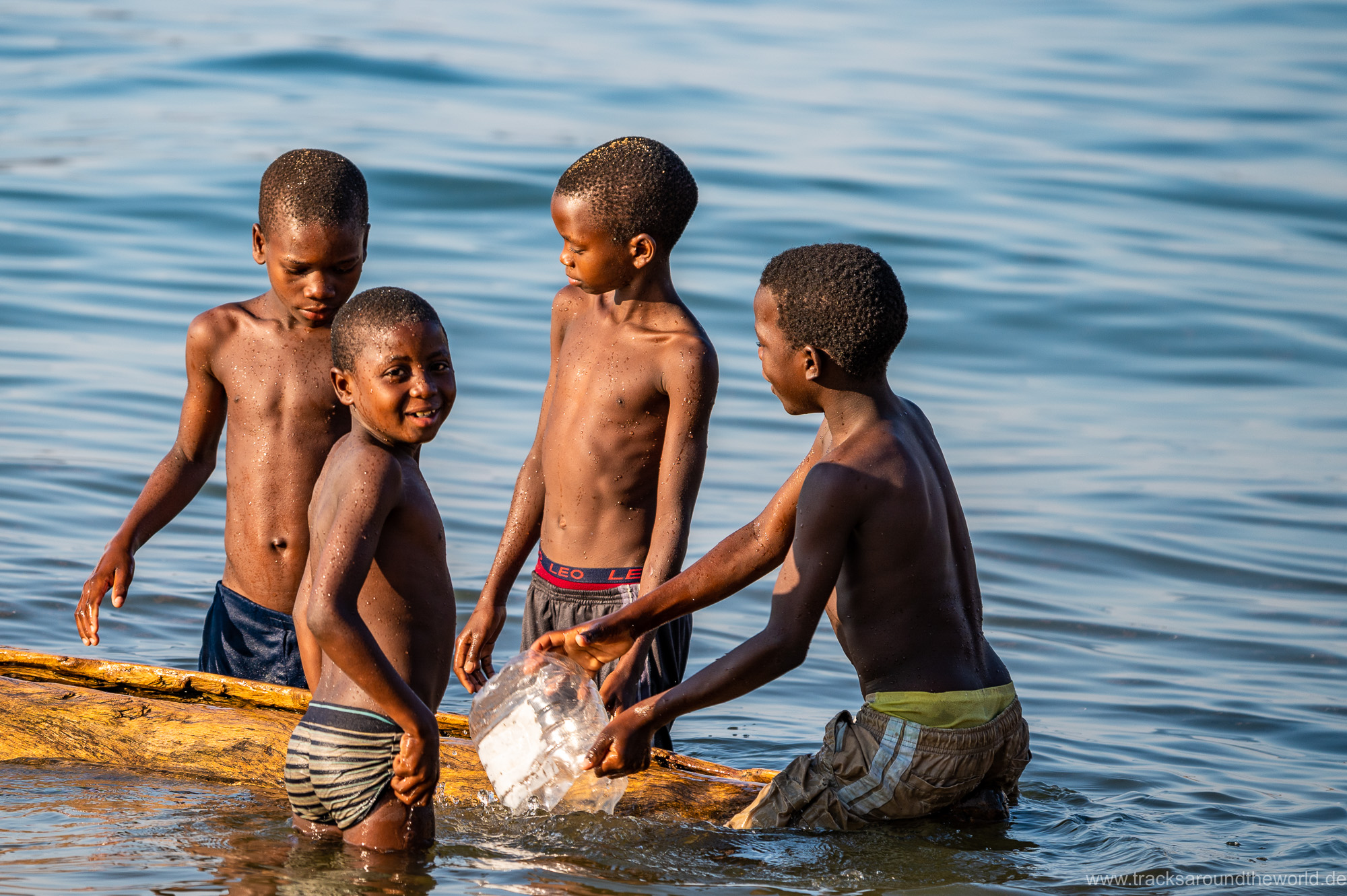
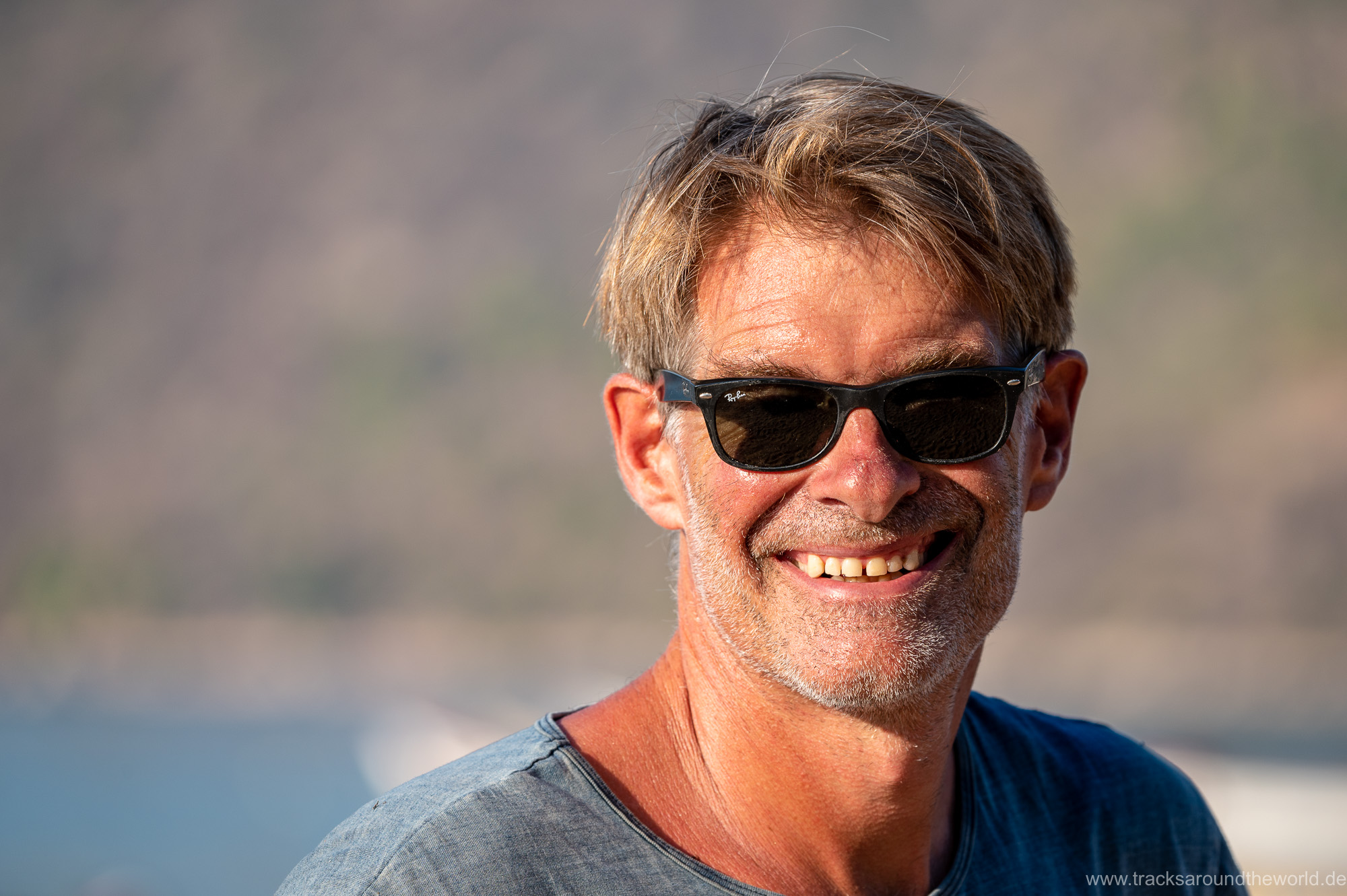
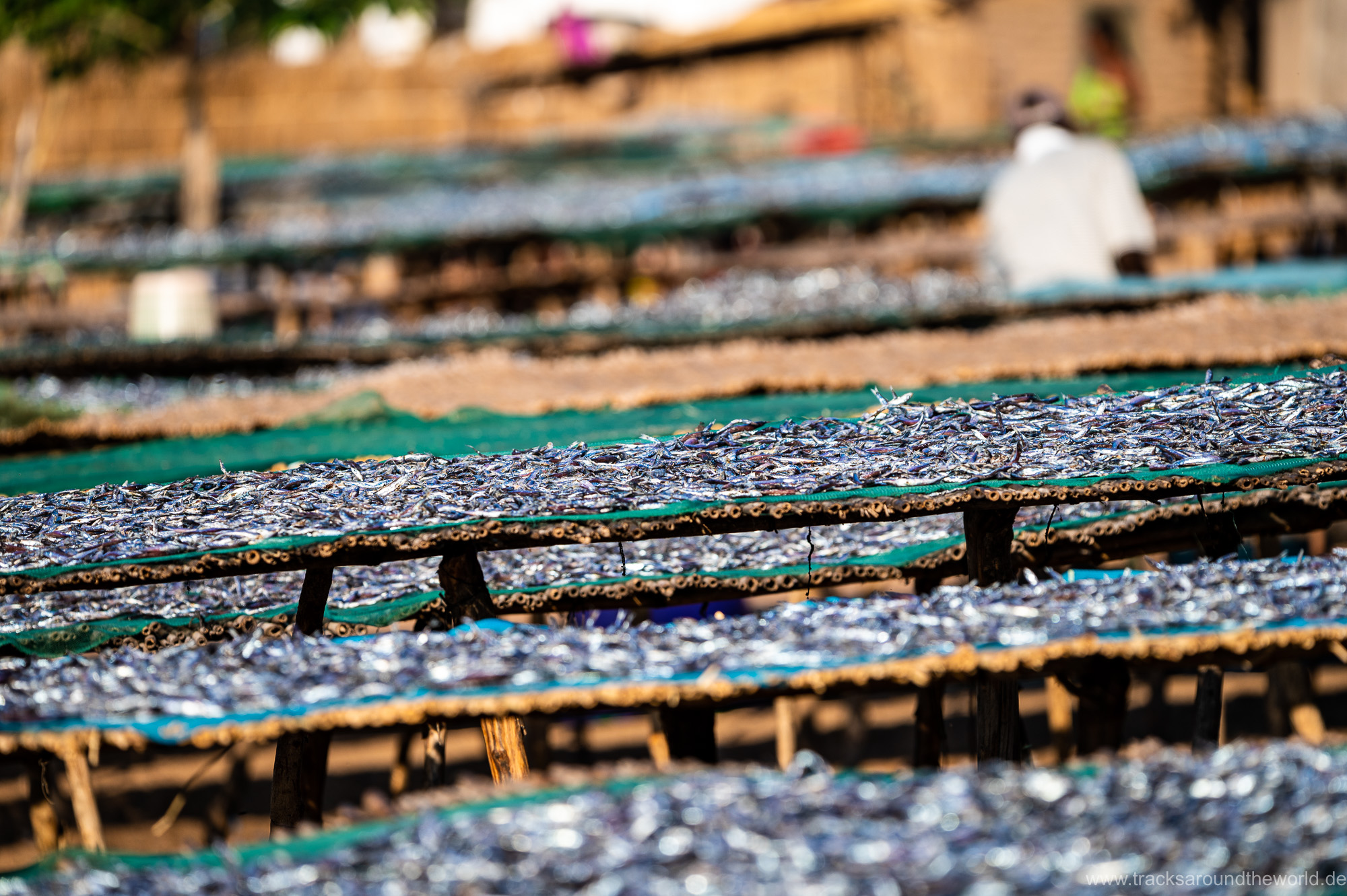
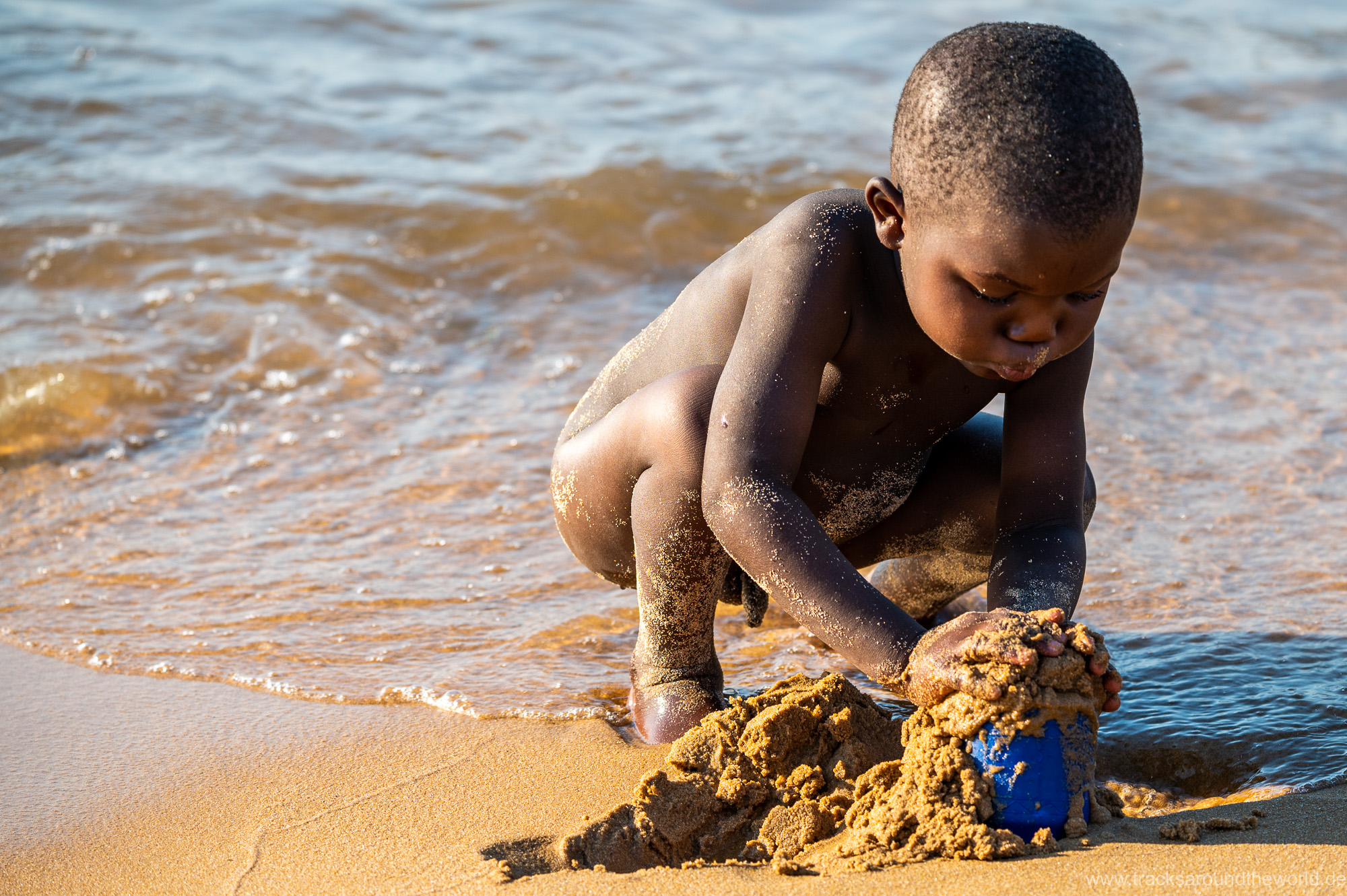


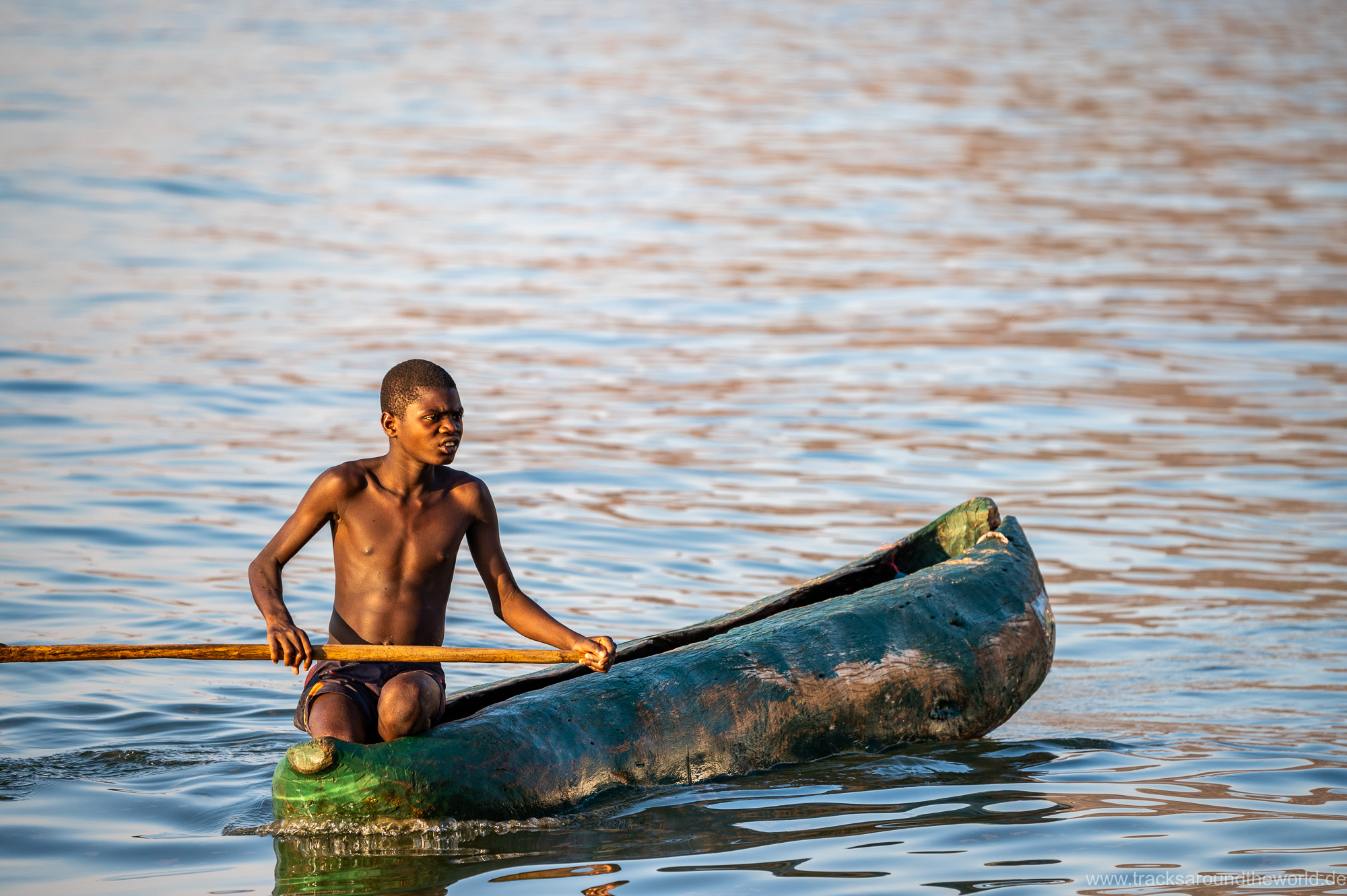
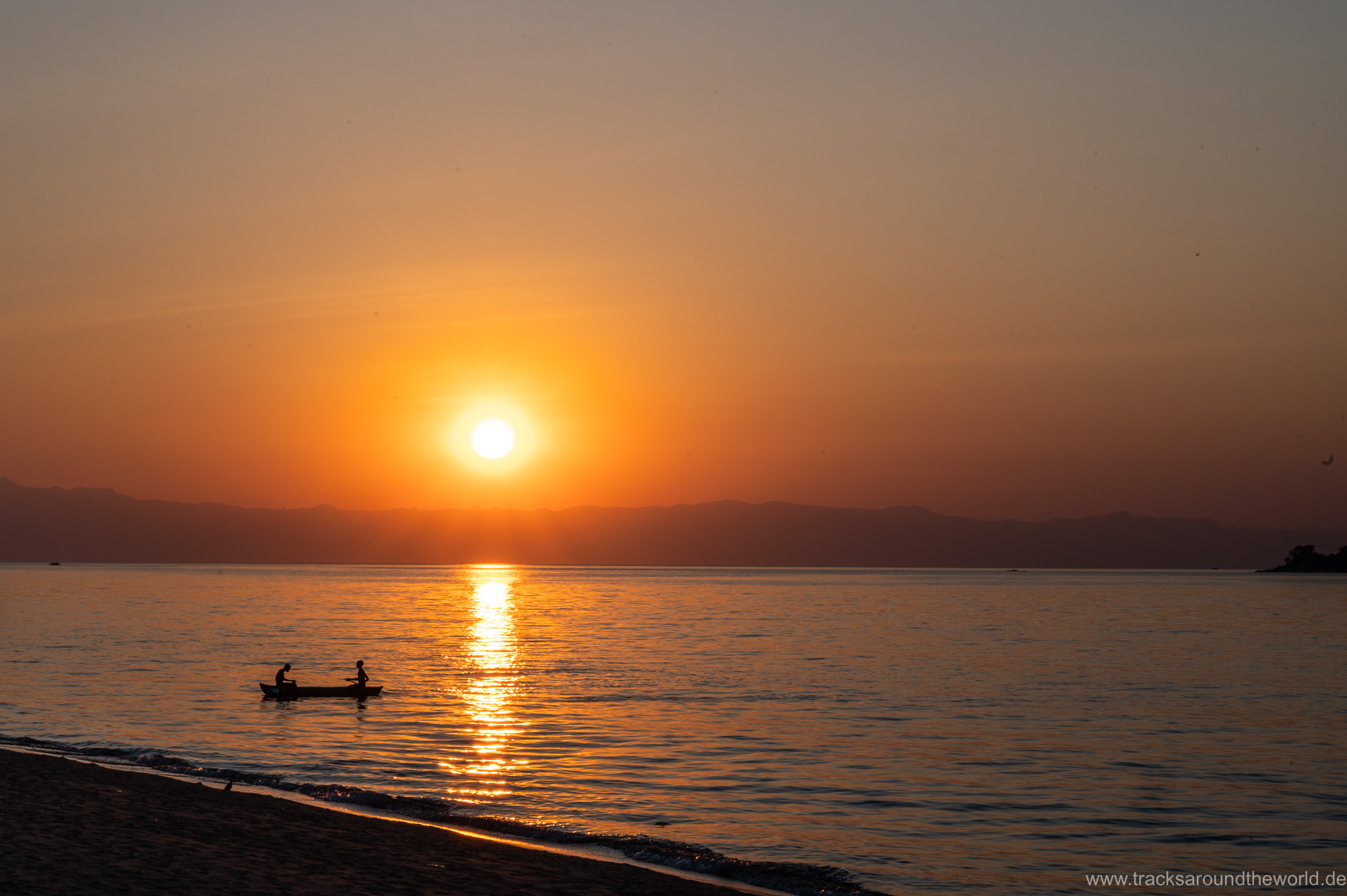
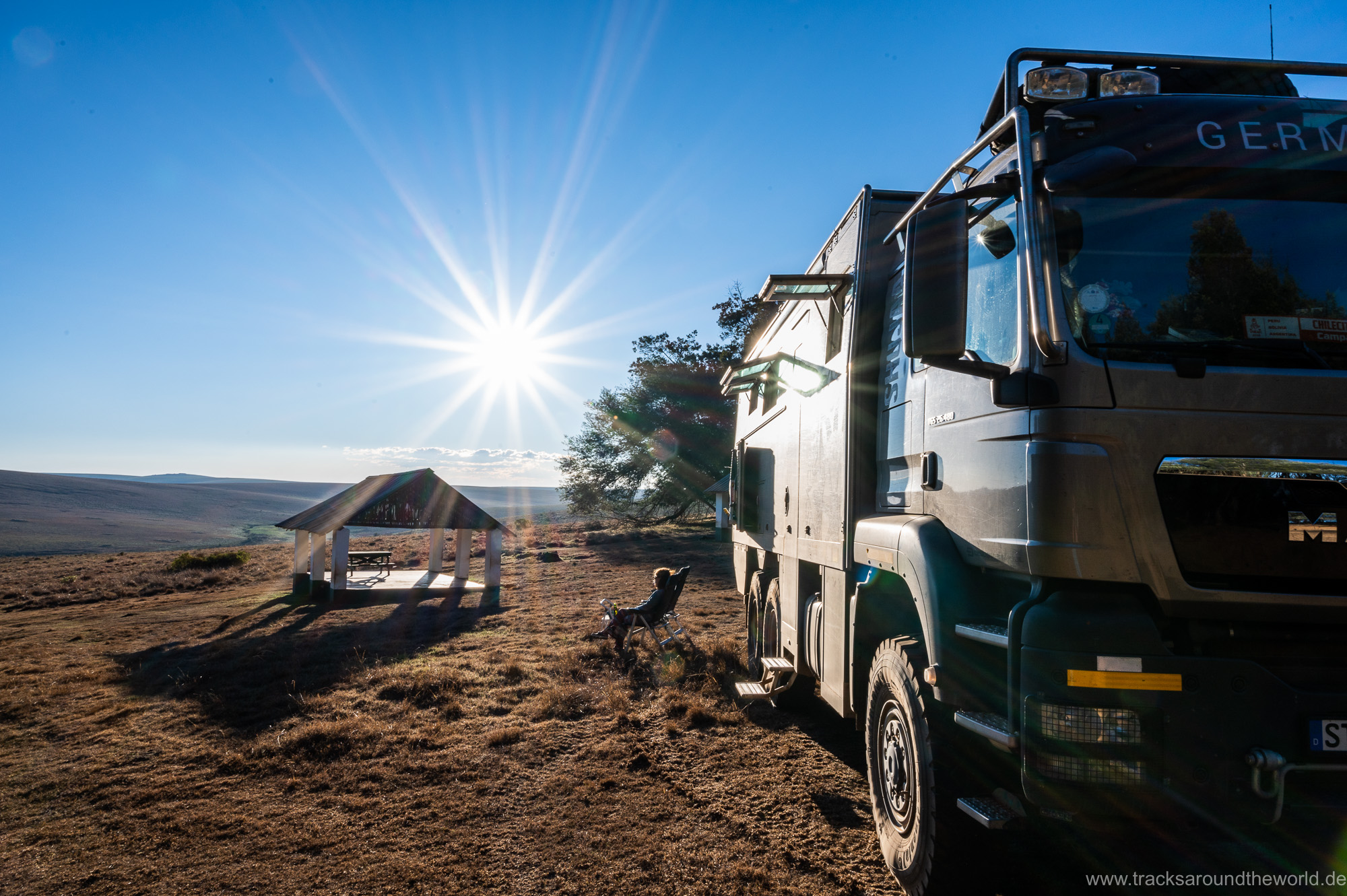

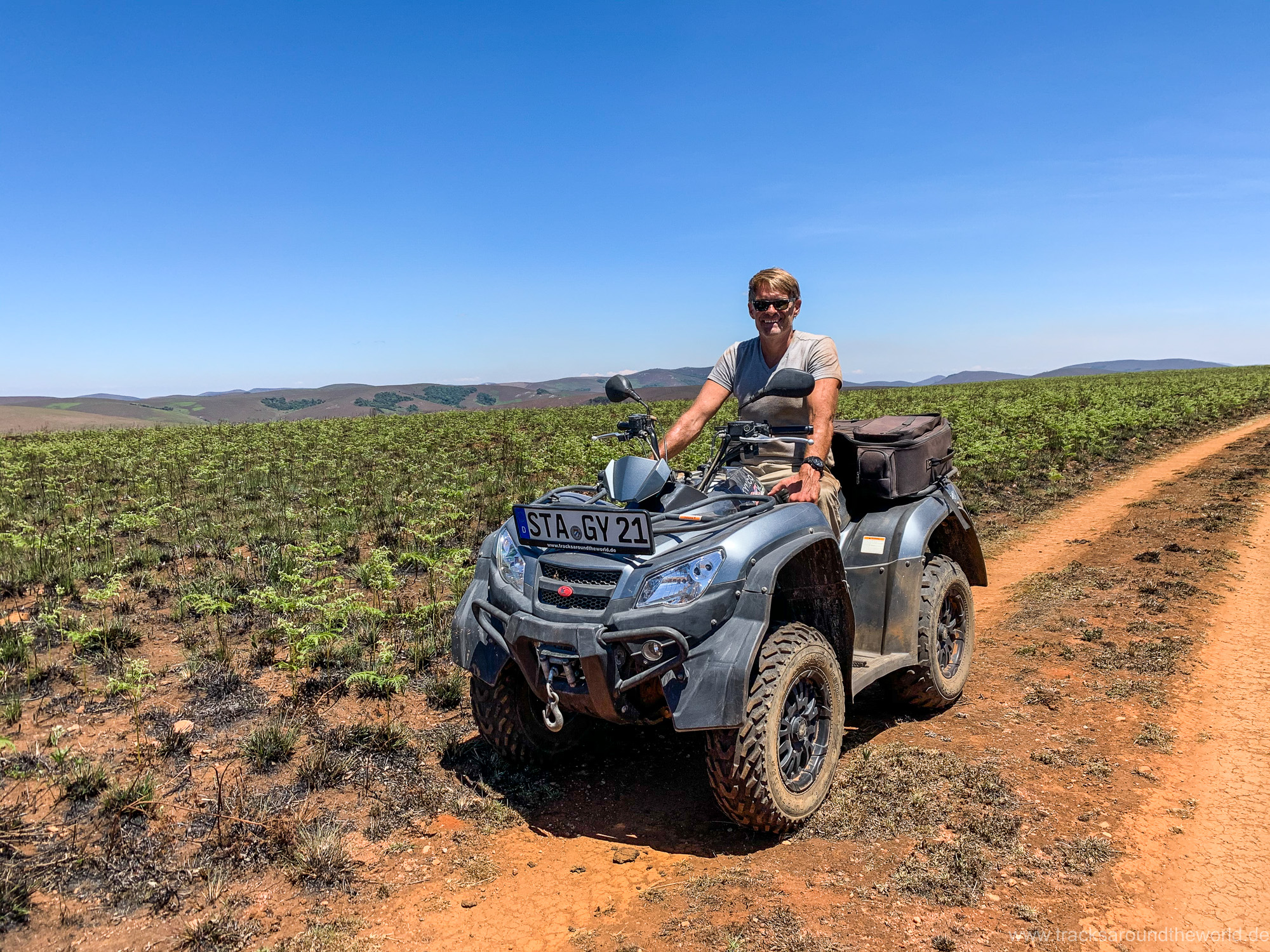


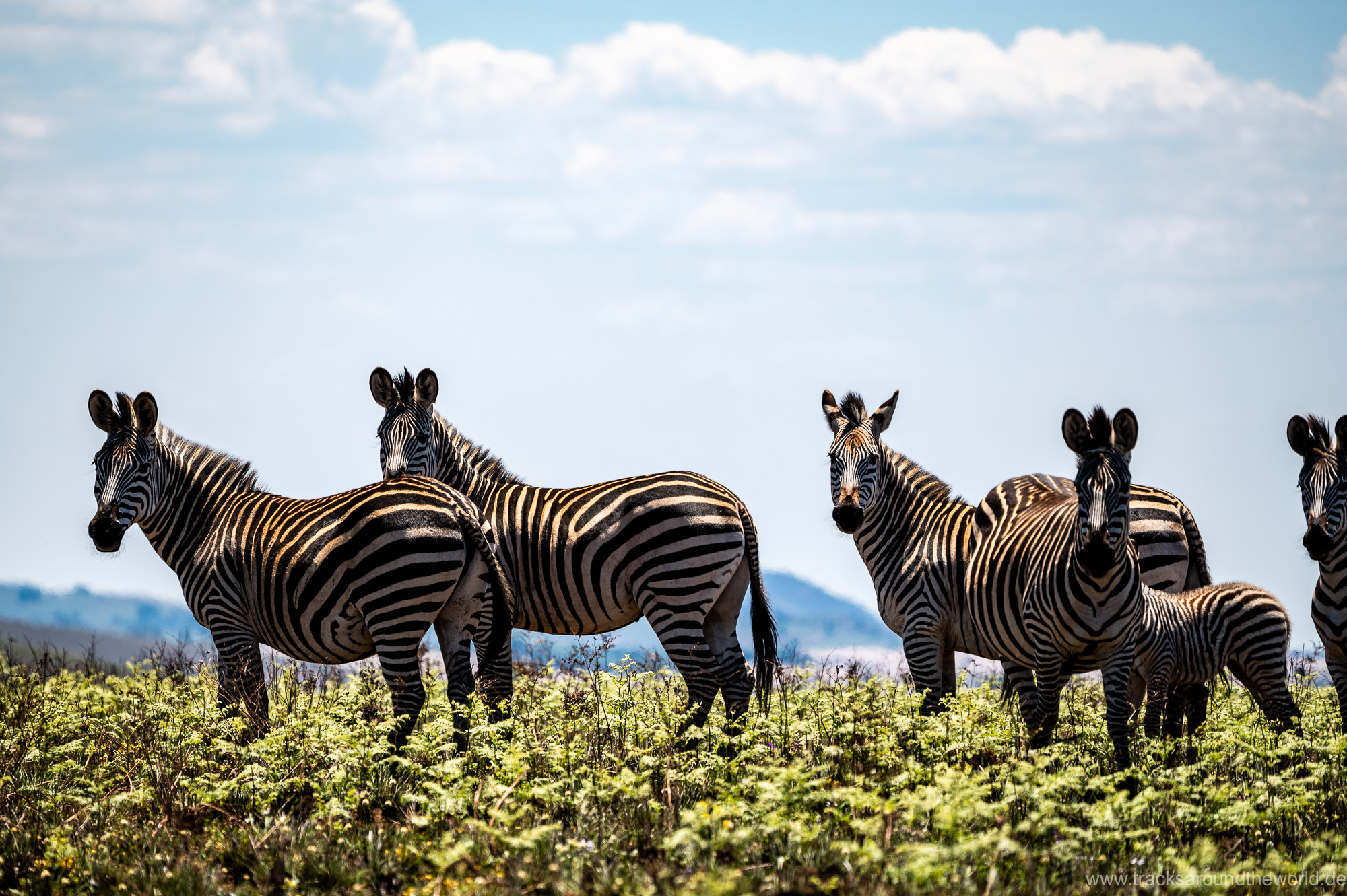
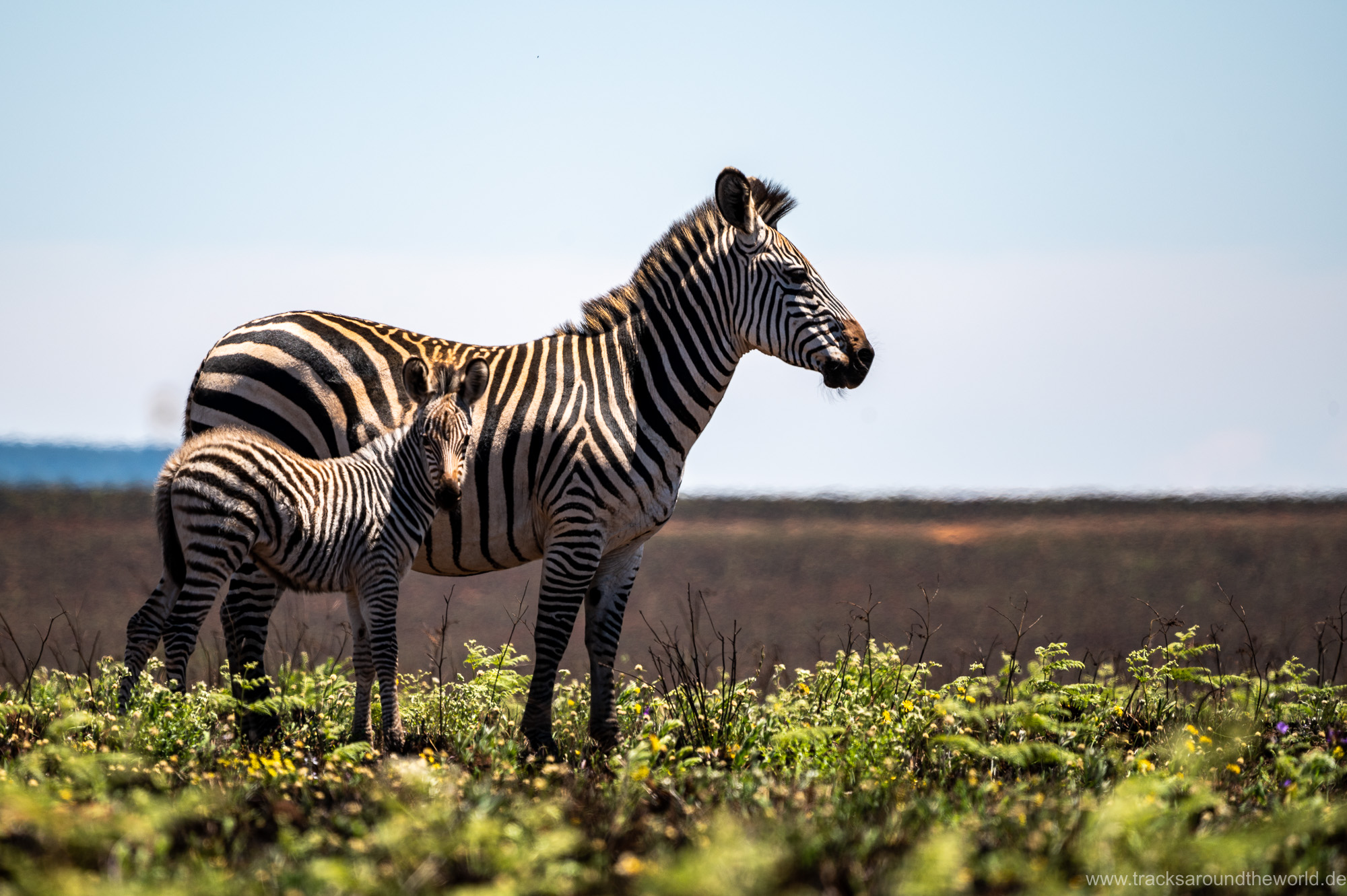
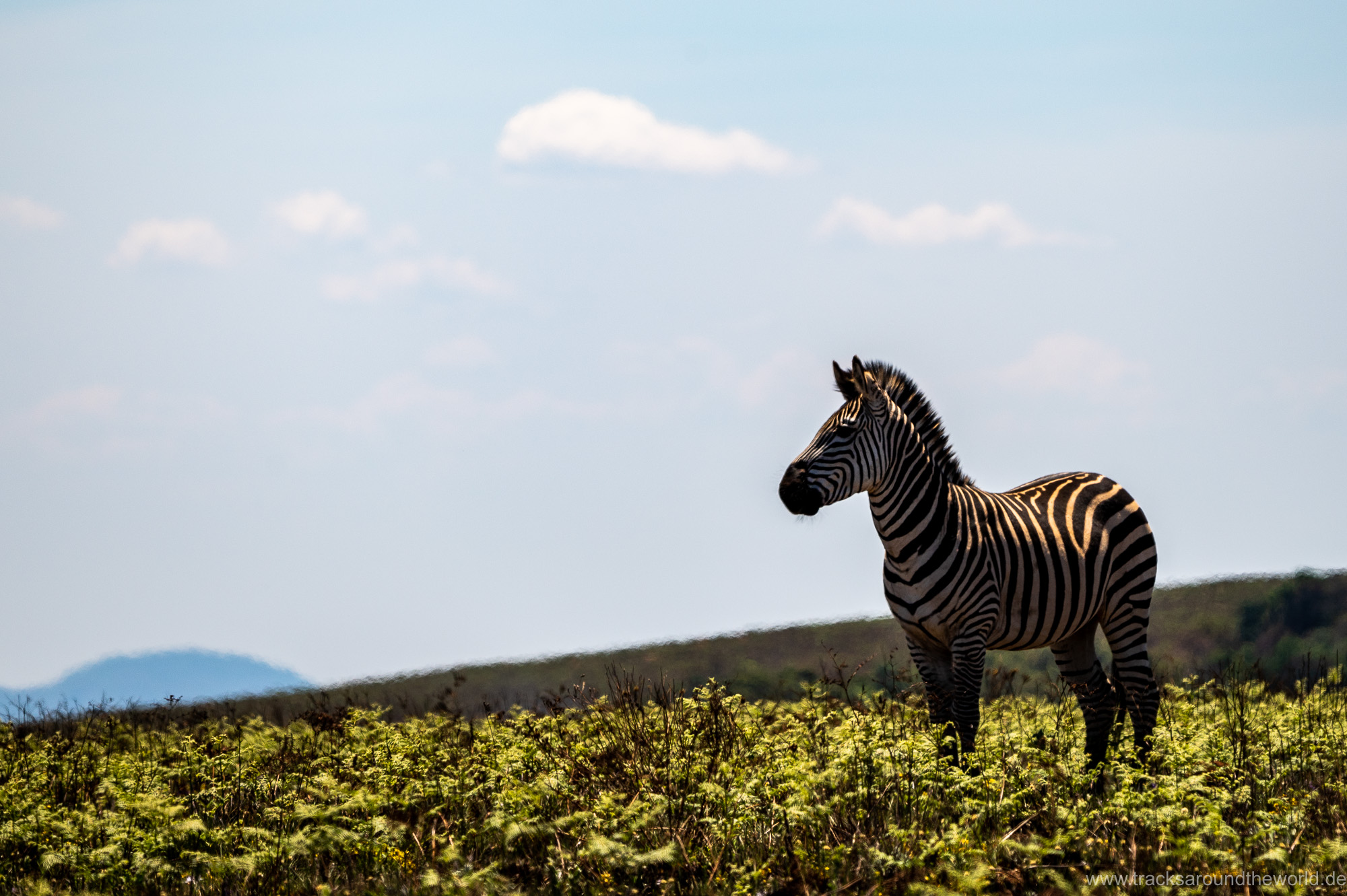


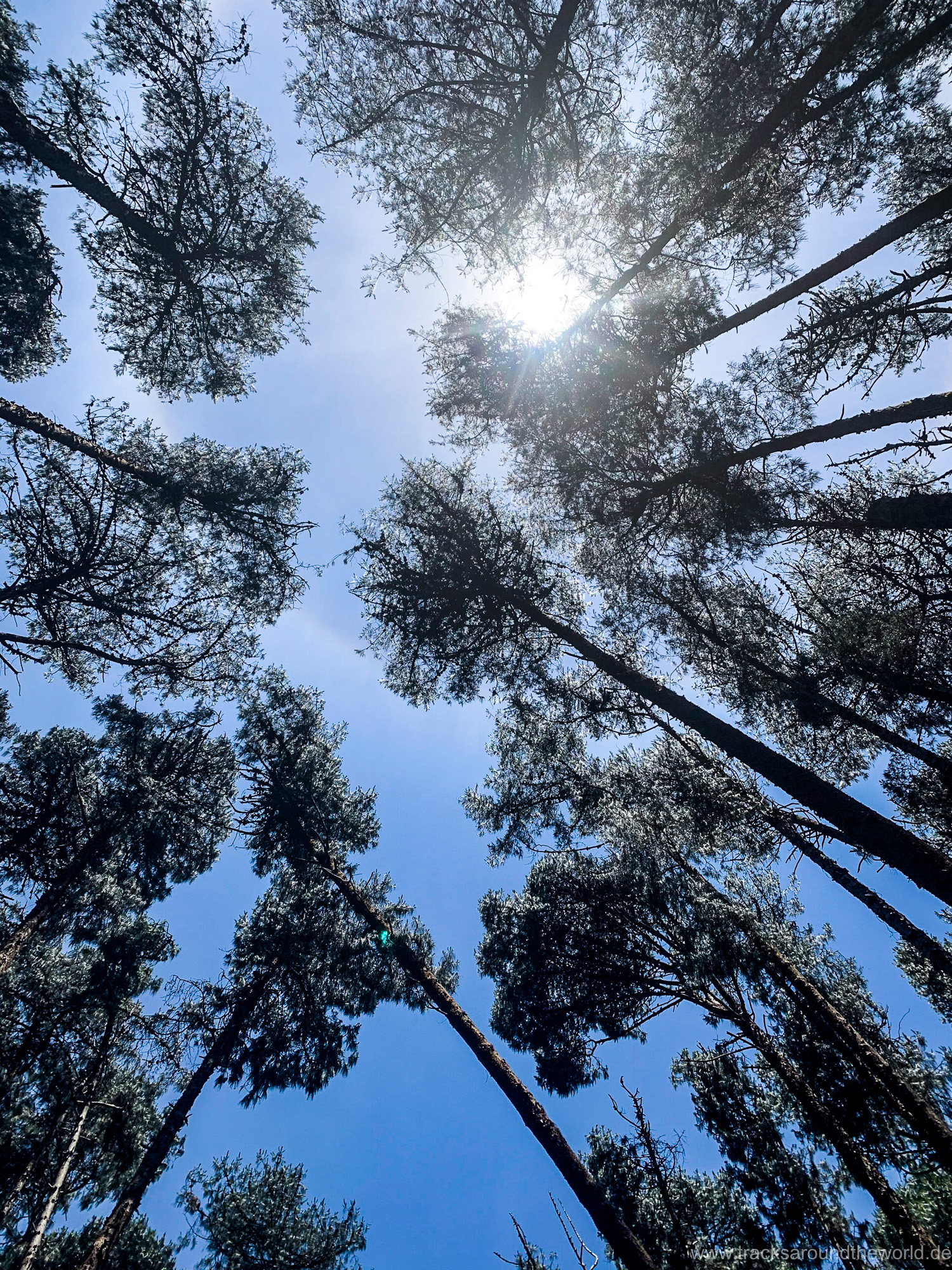
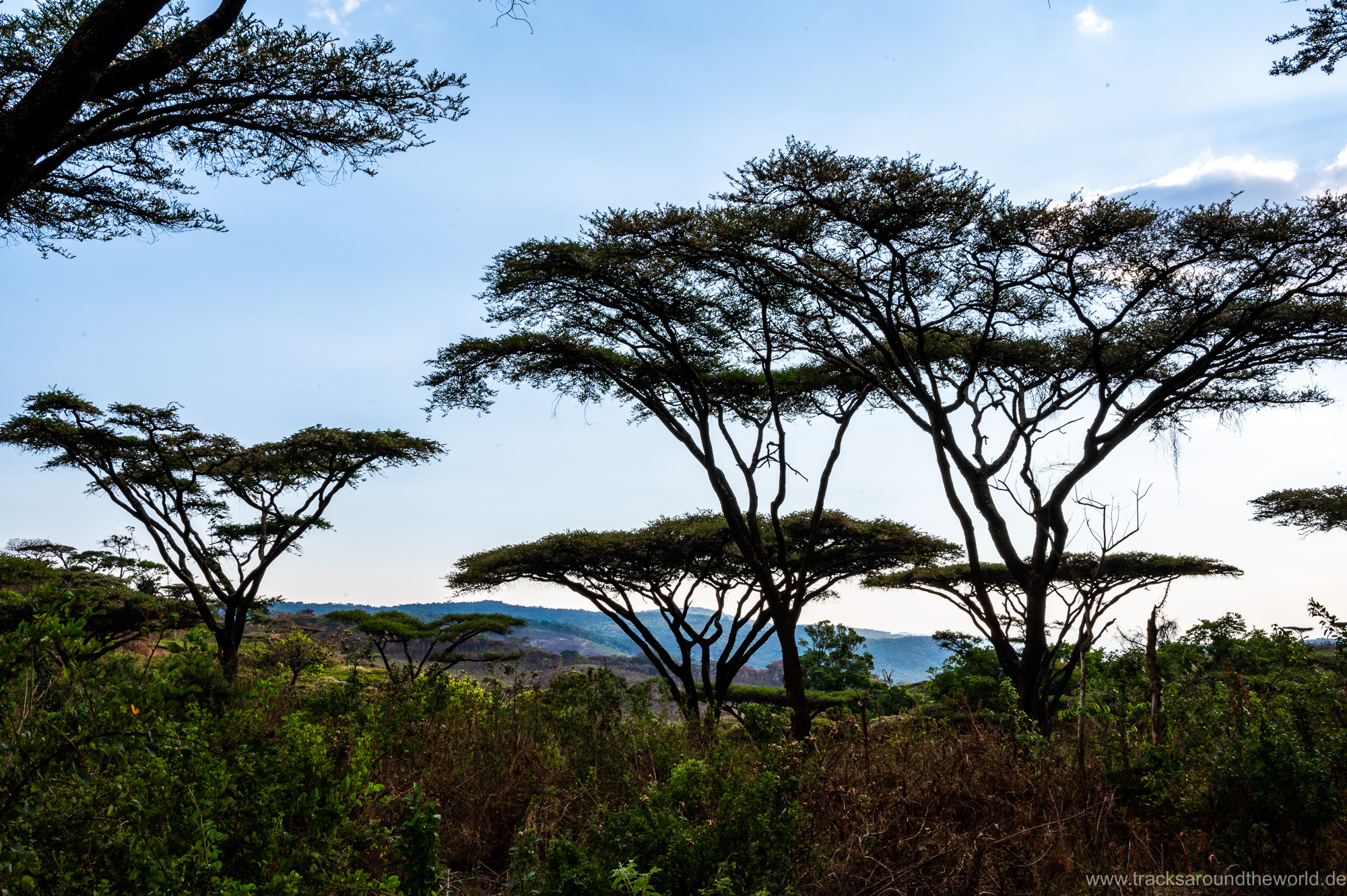
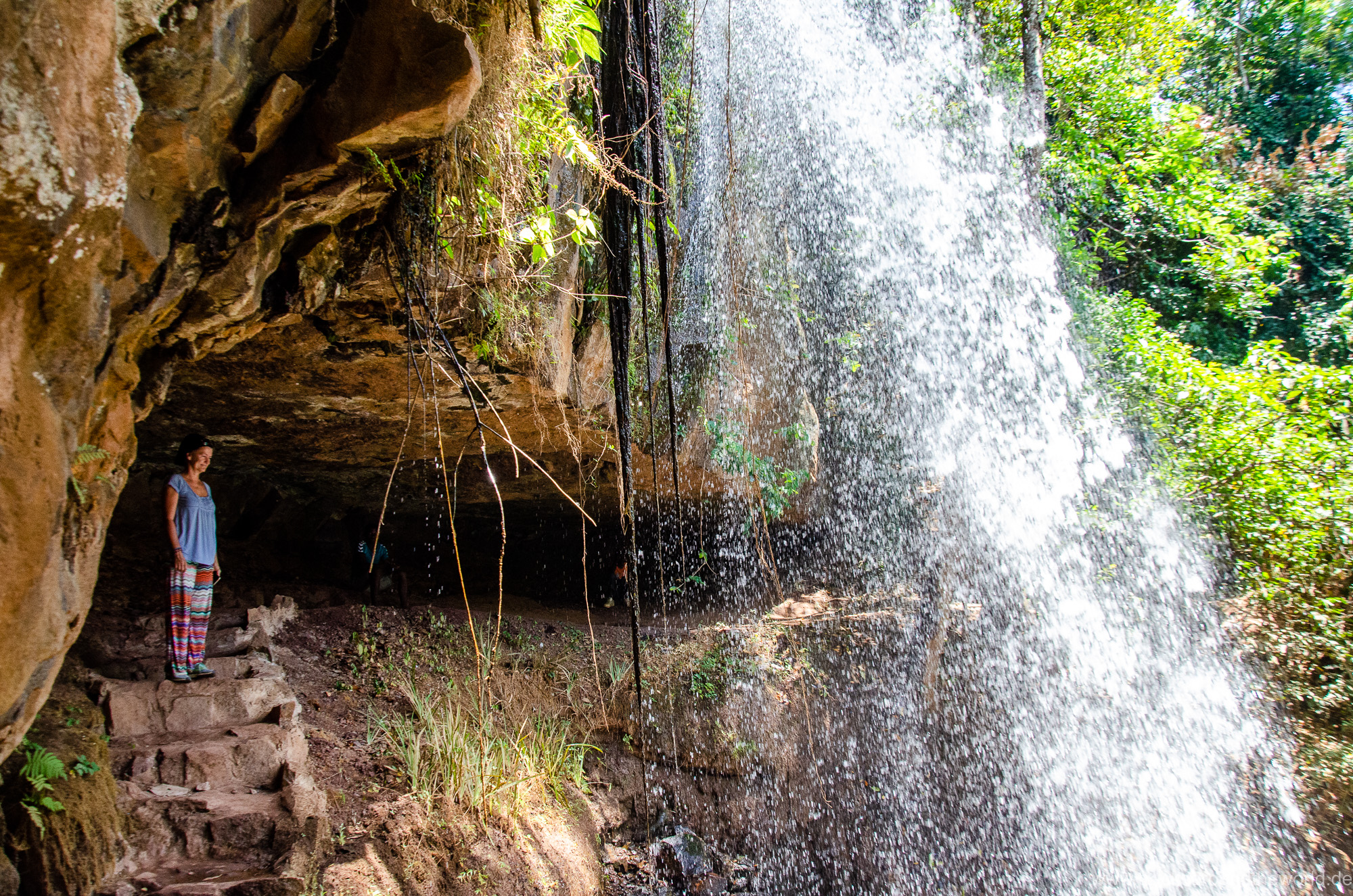




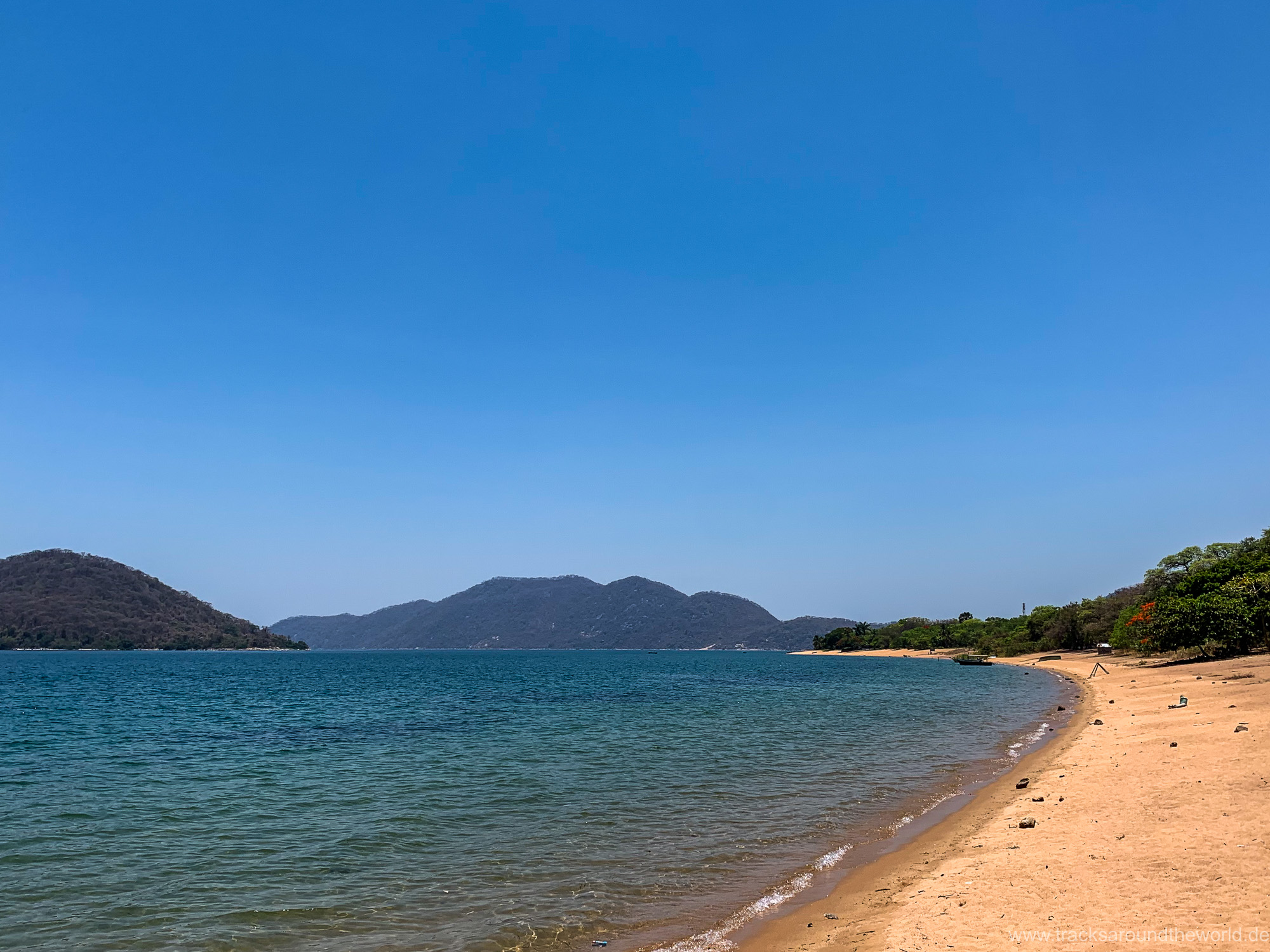


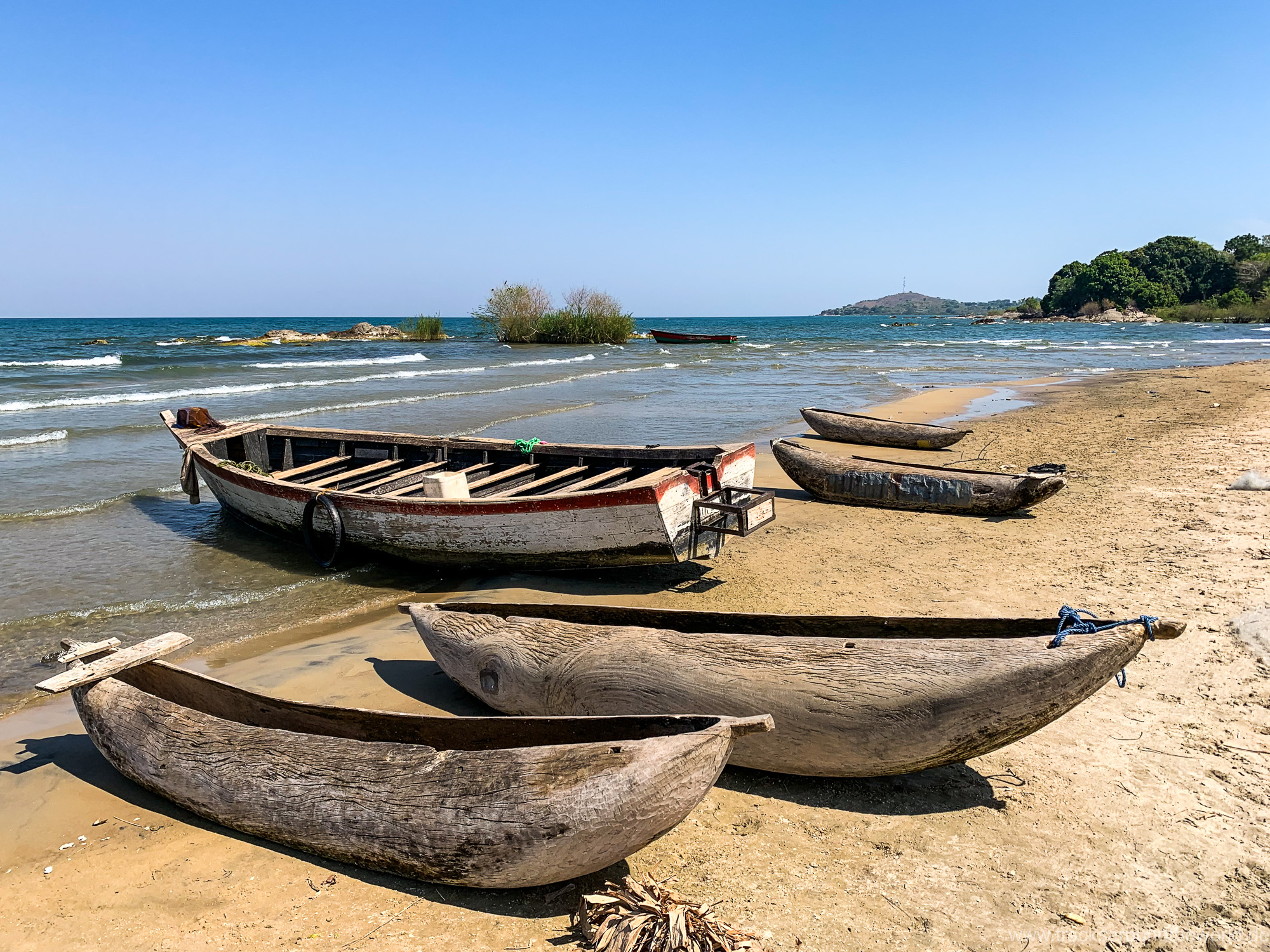





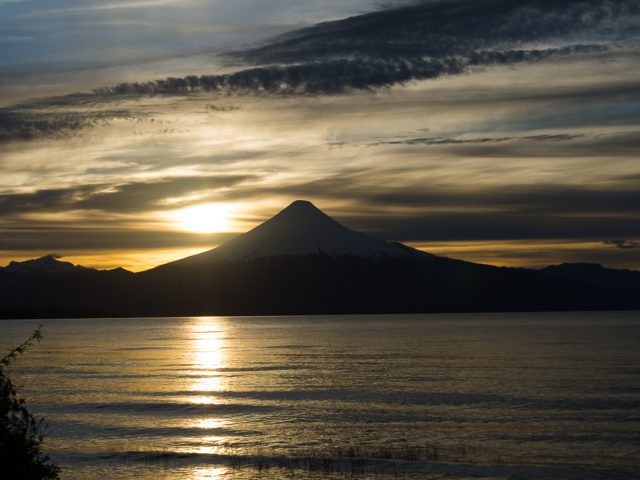
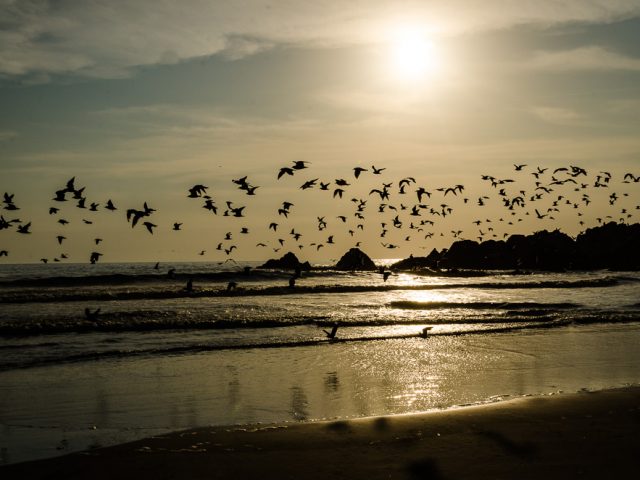
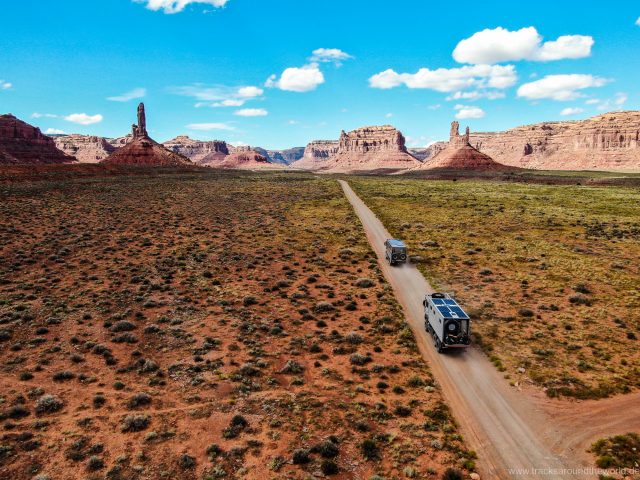
Nice write up. Looking forward to seeing it ourselves!
Thanks! You will love it!